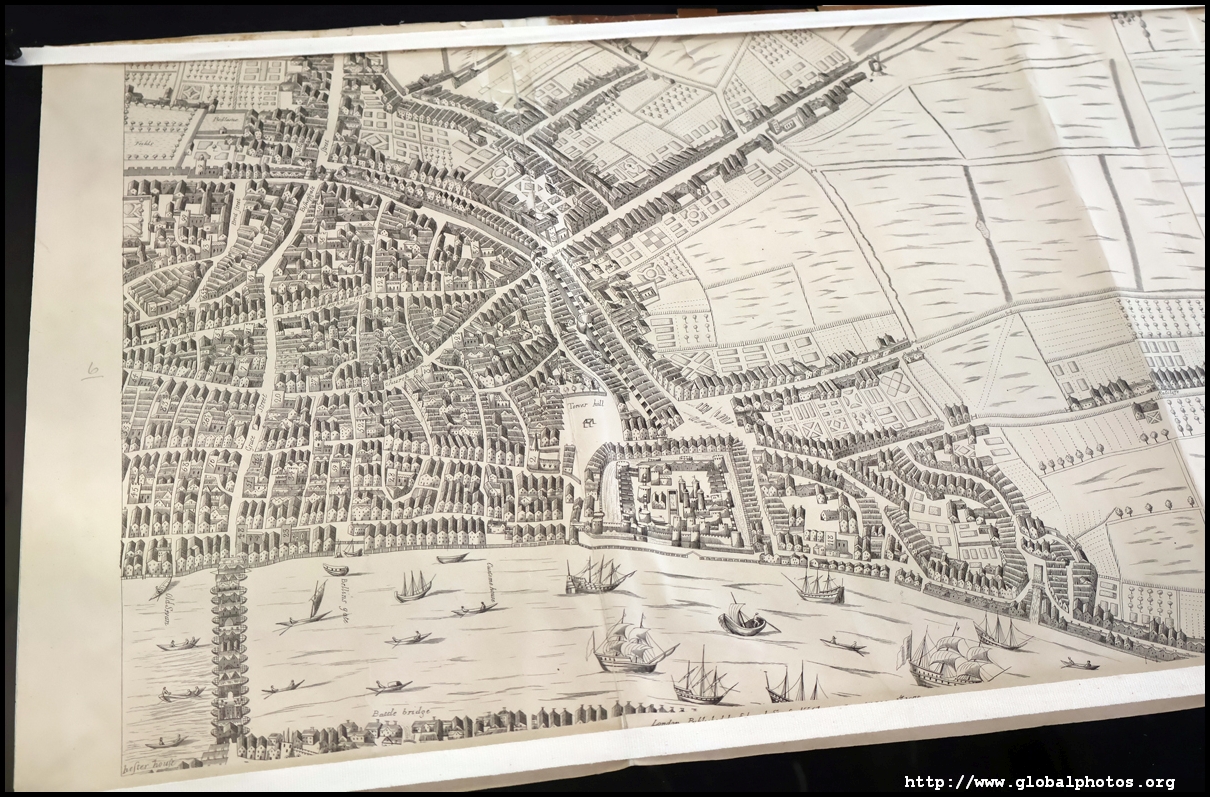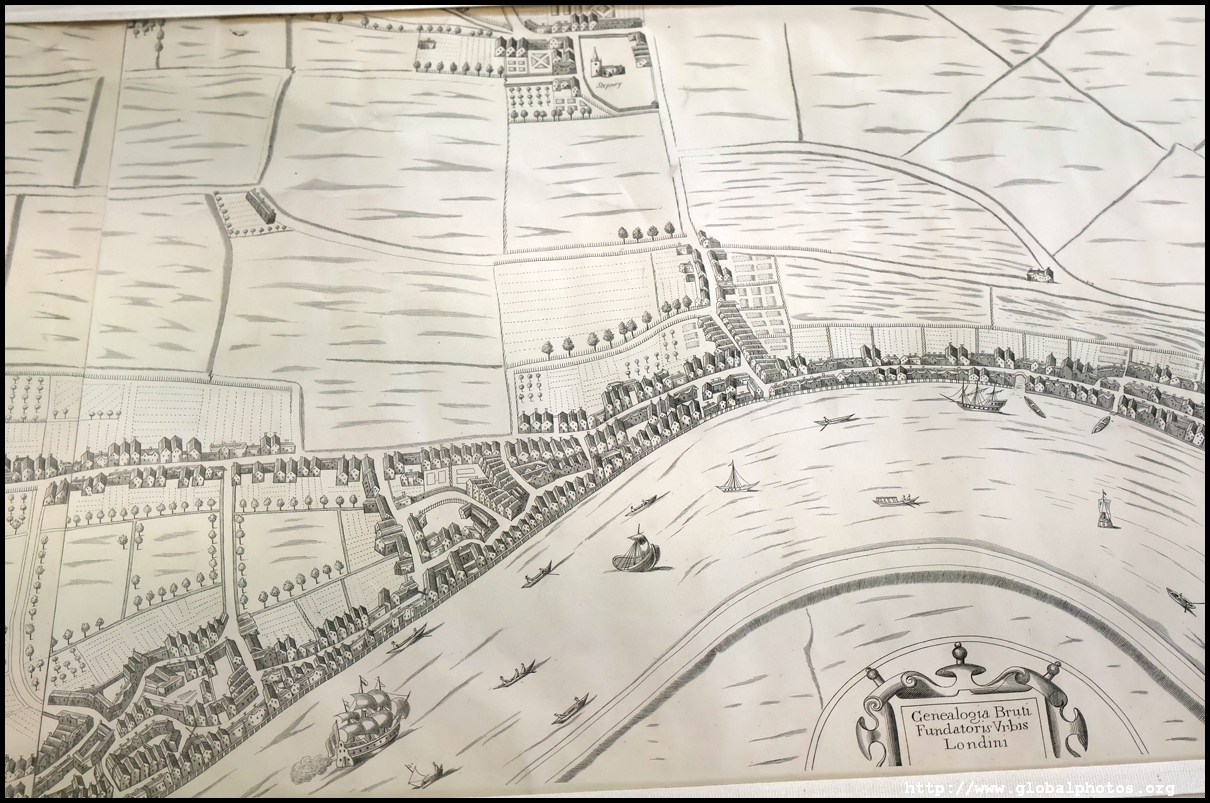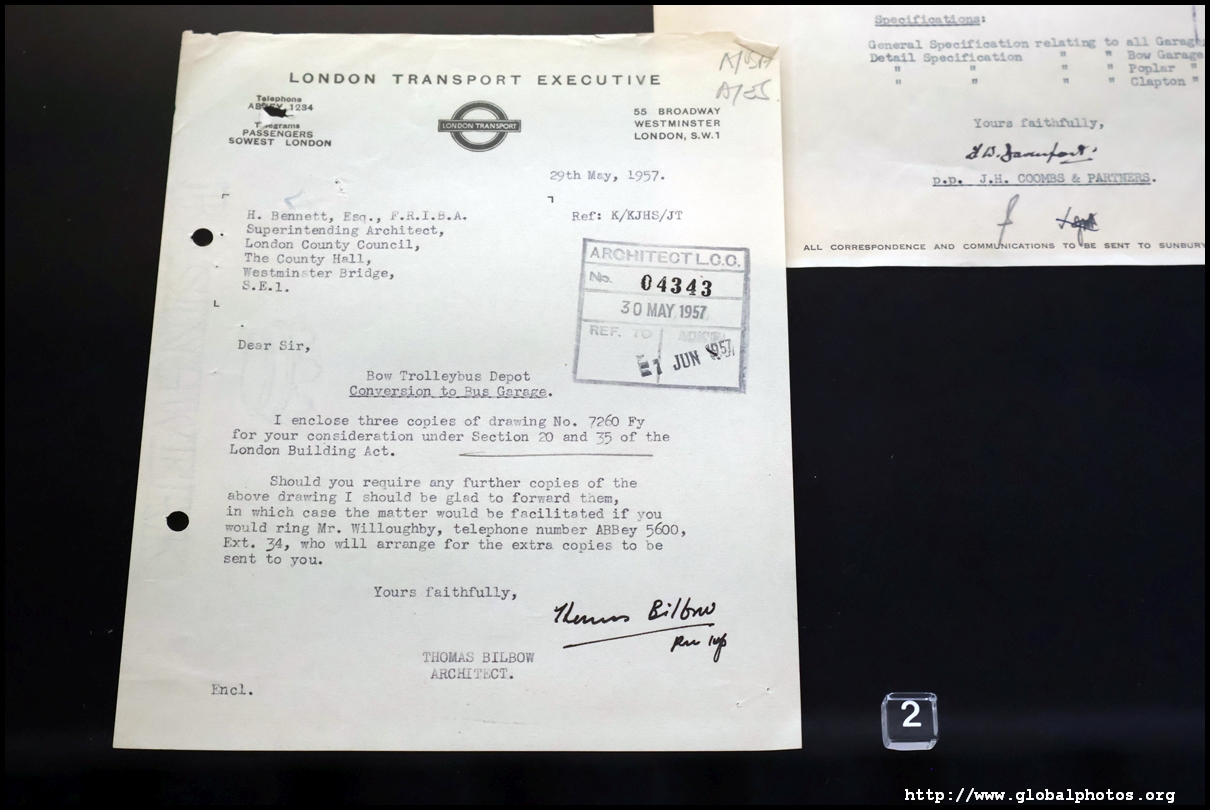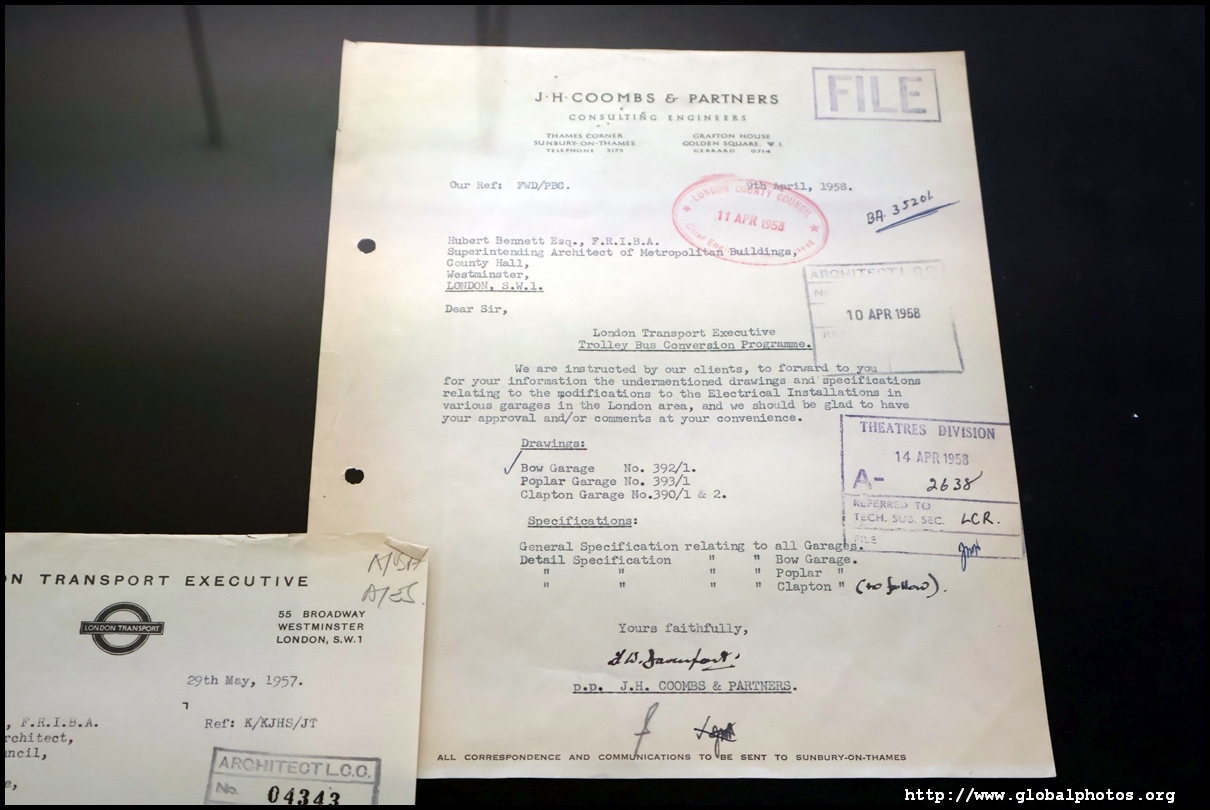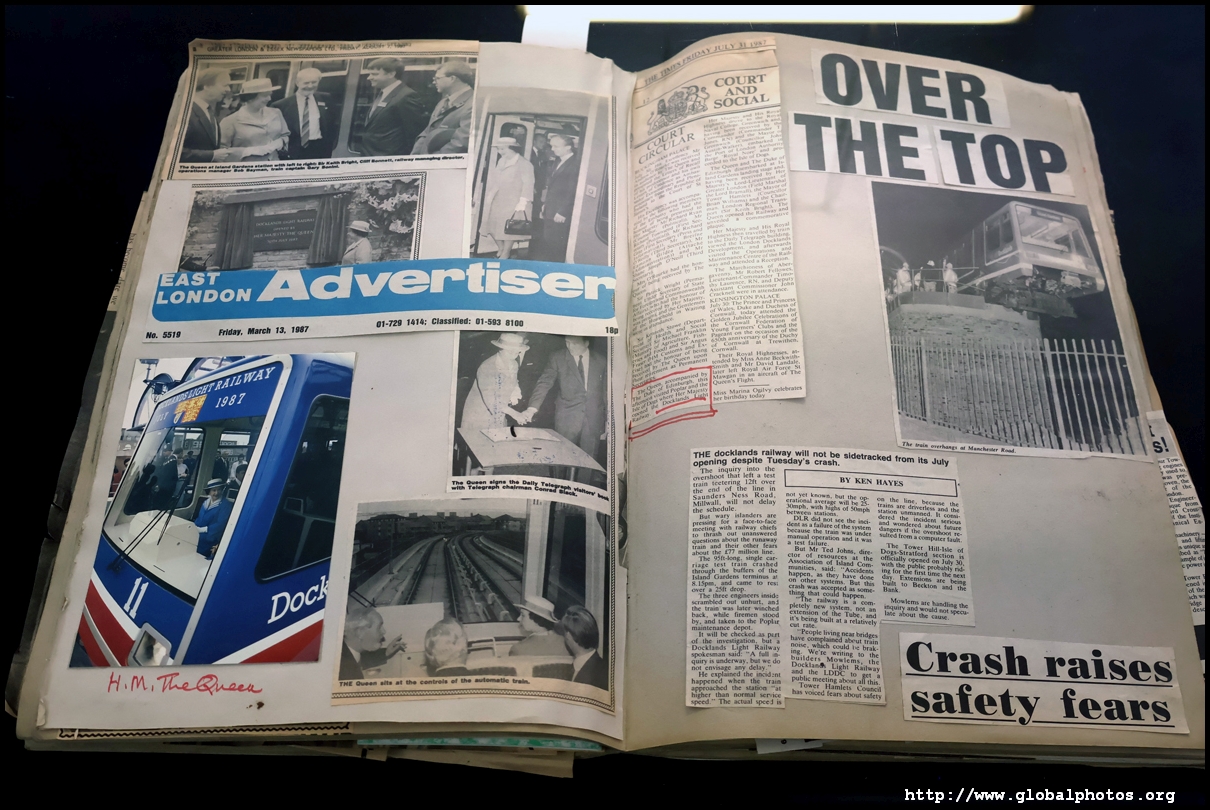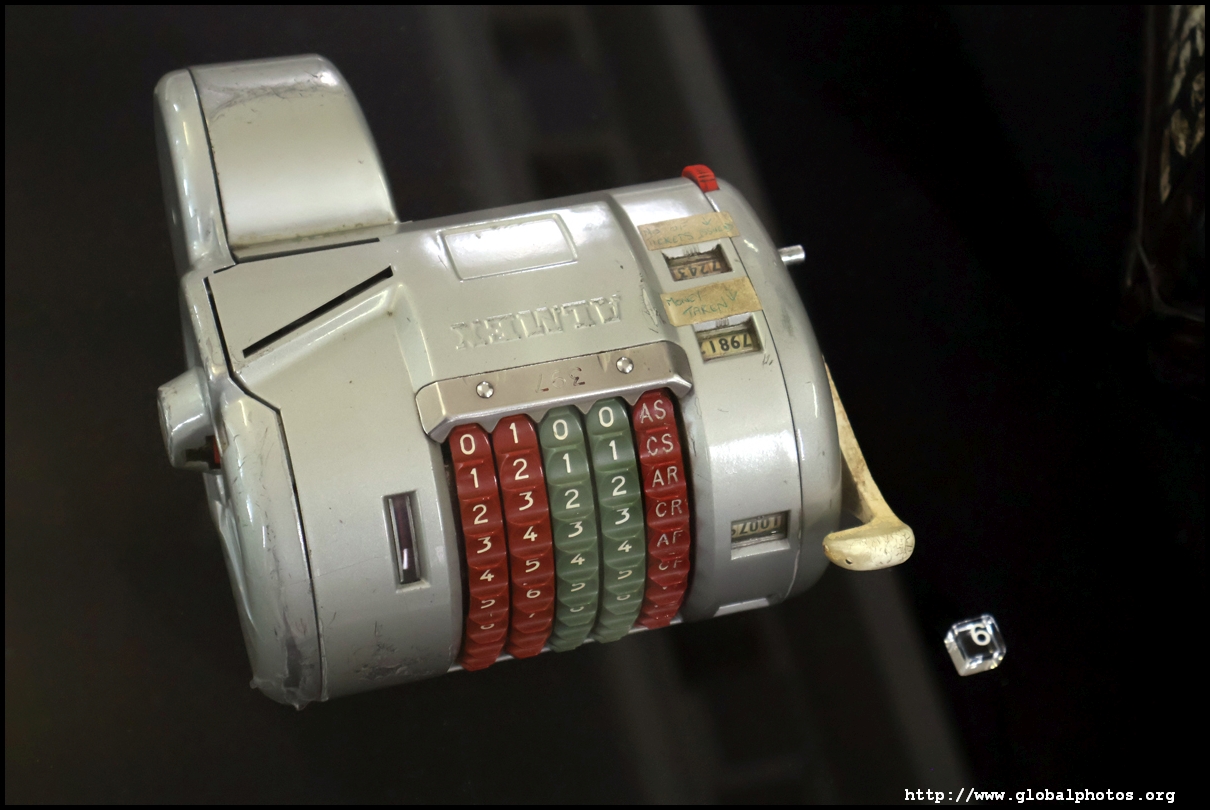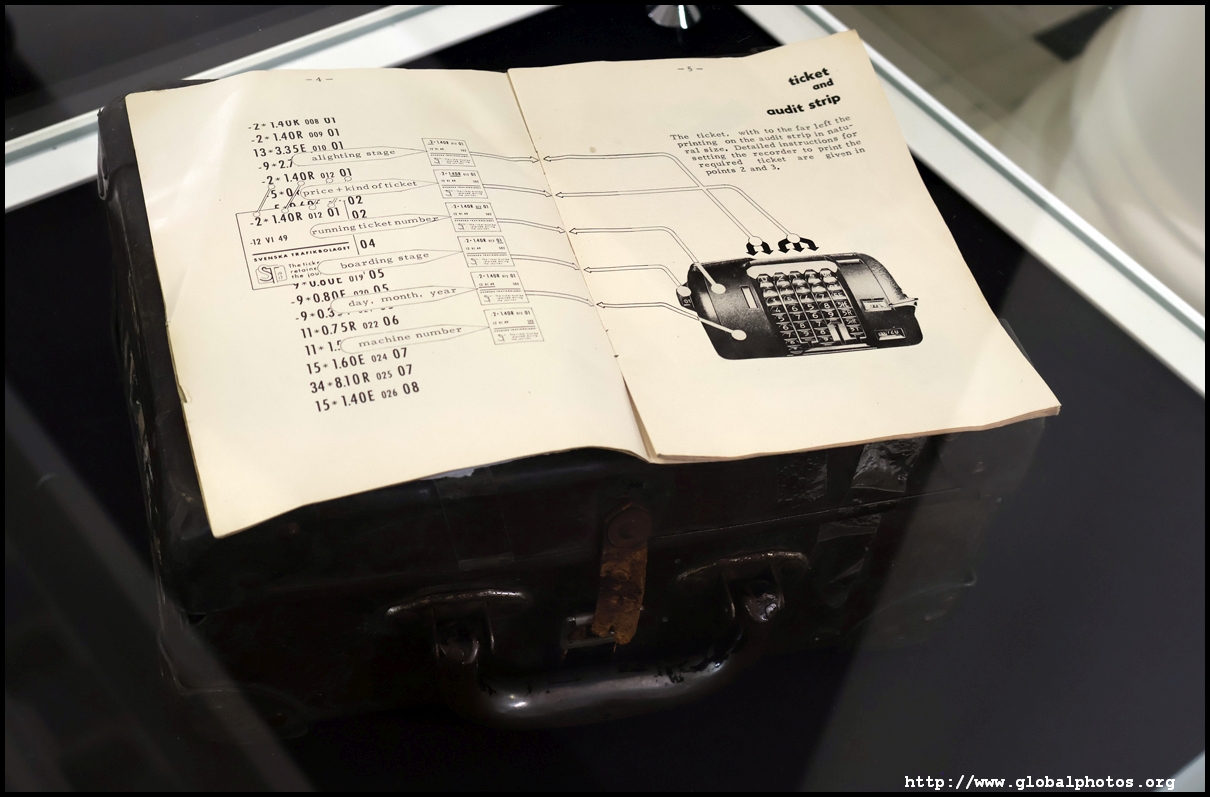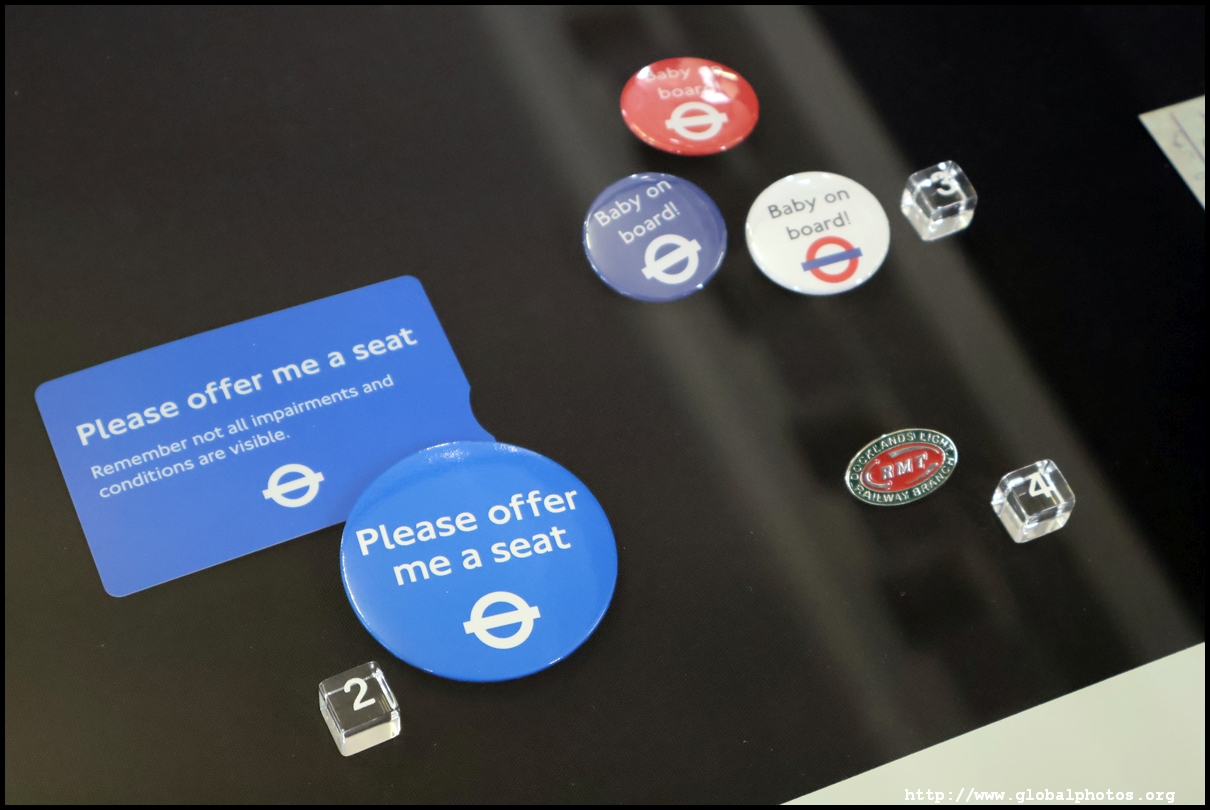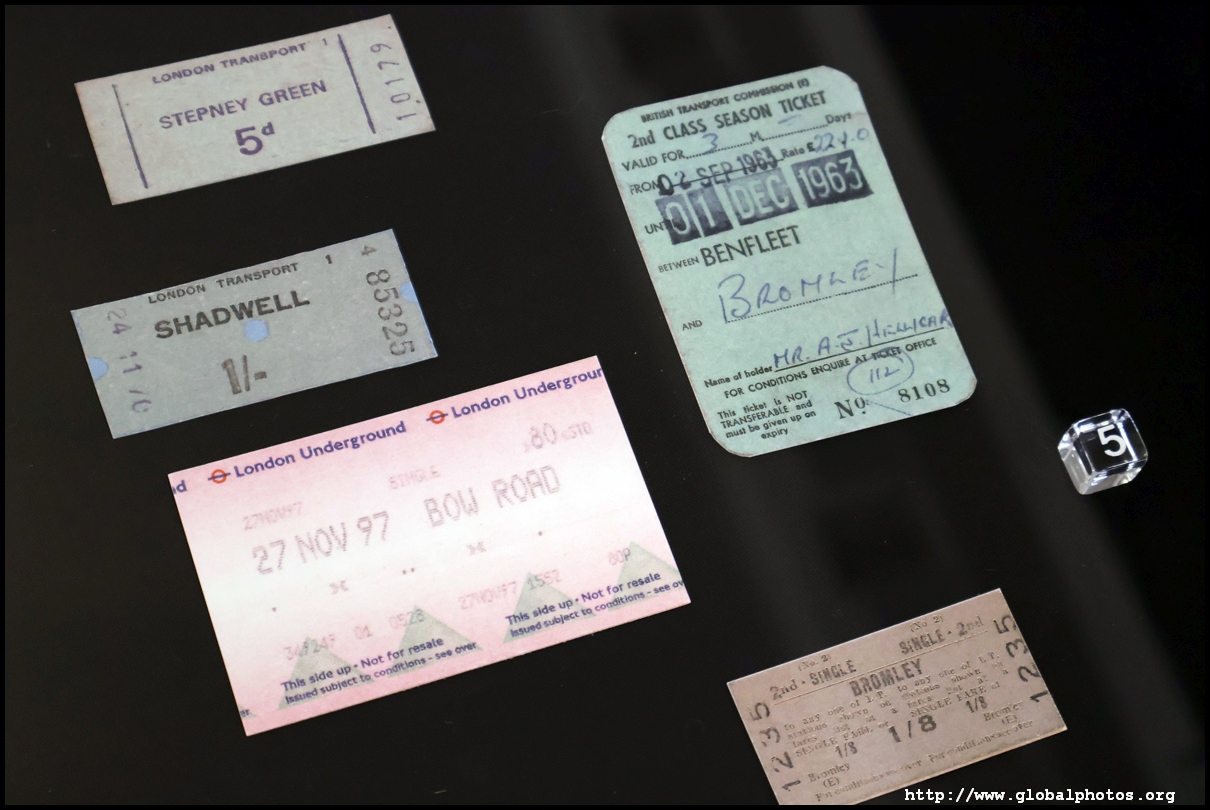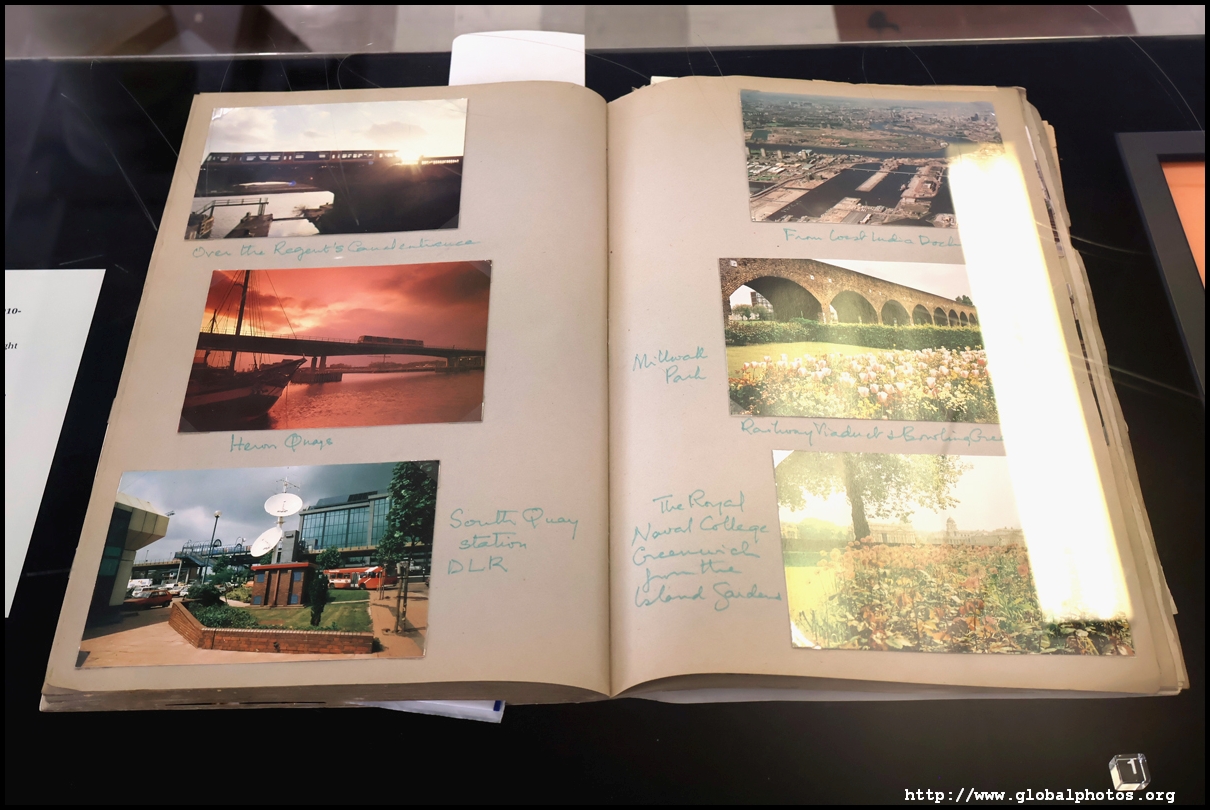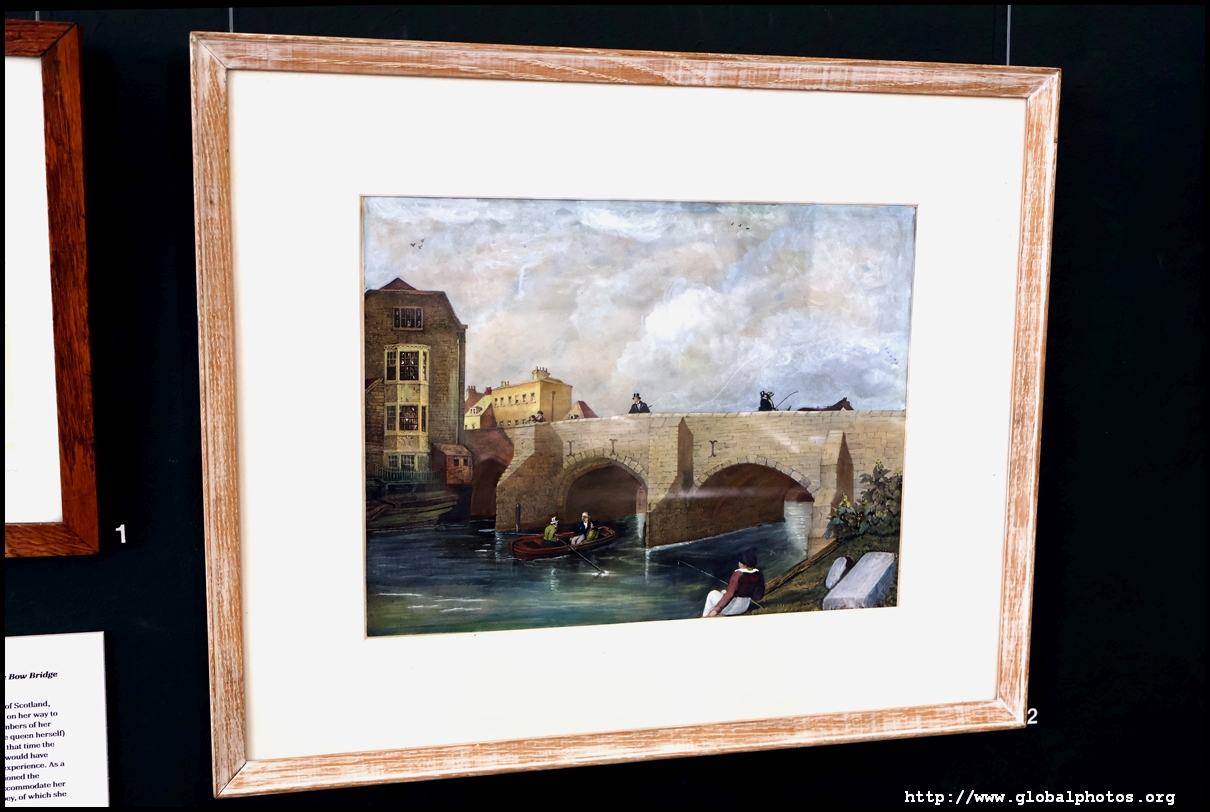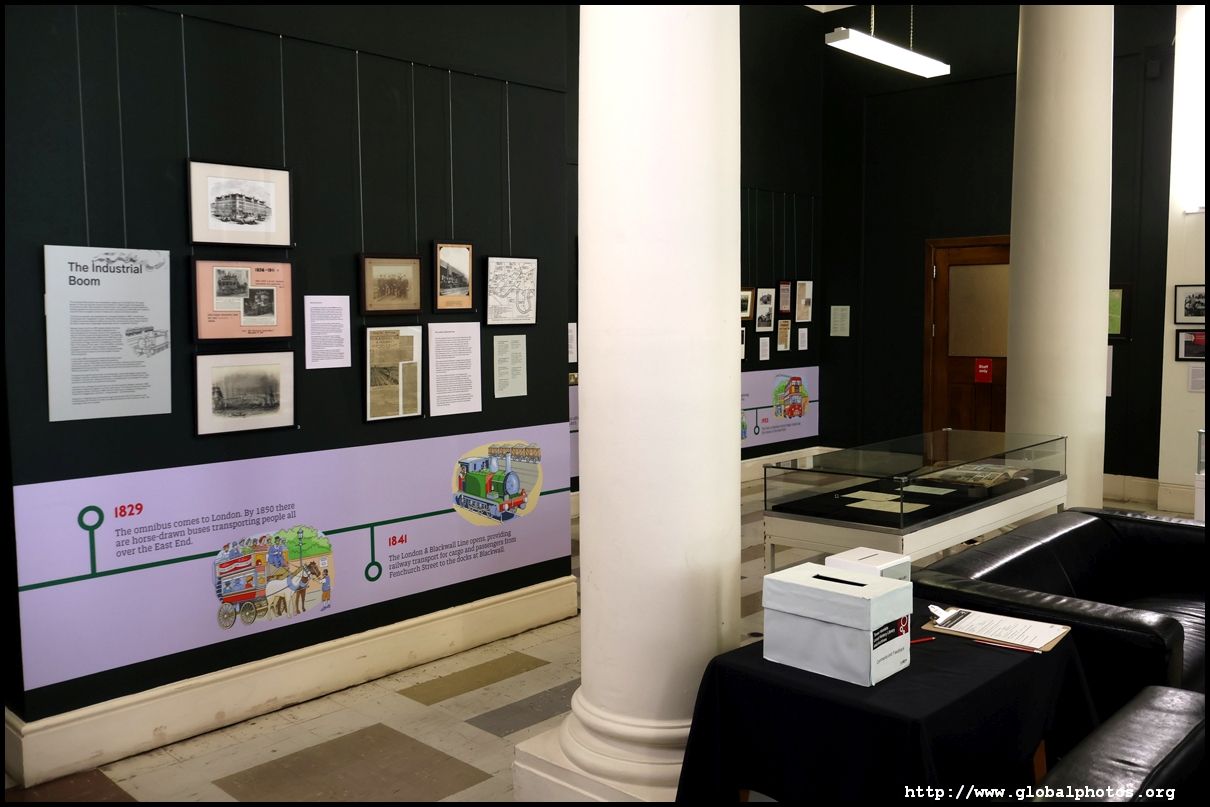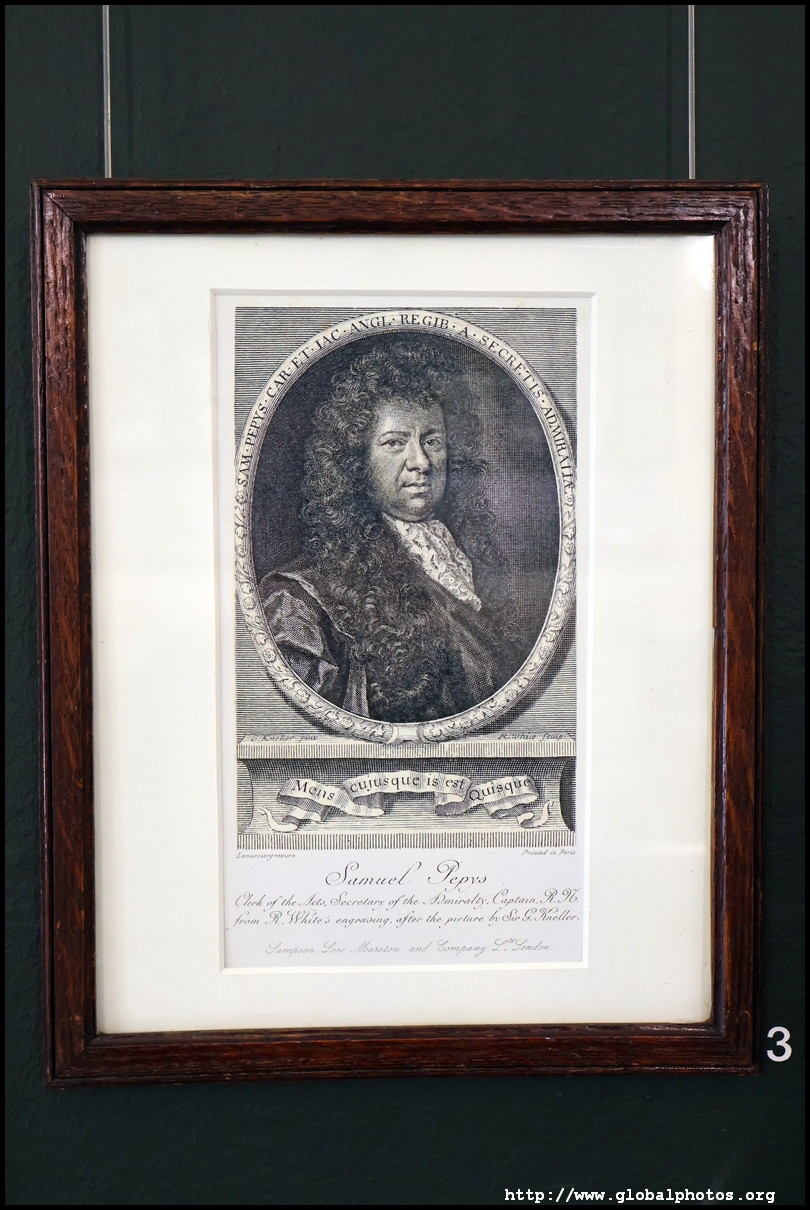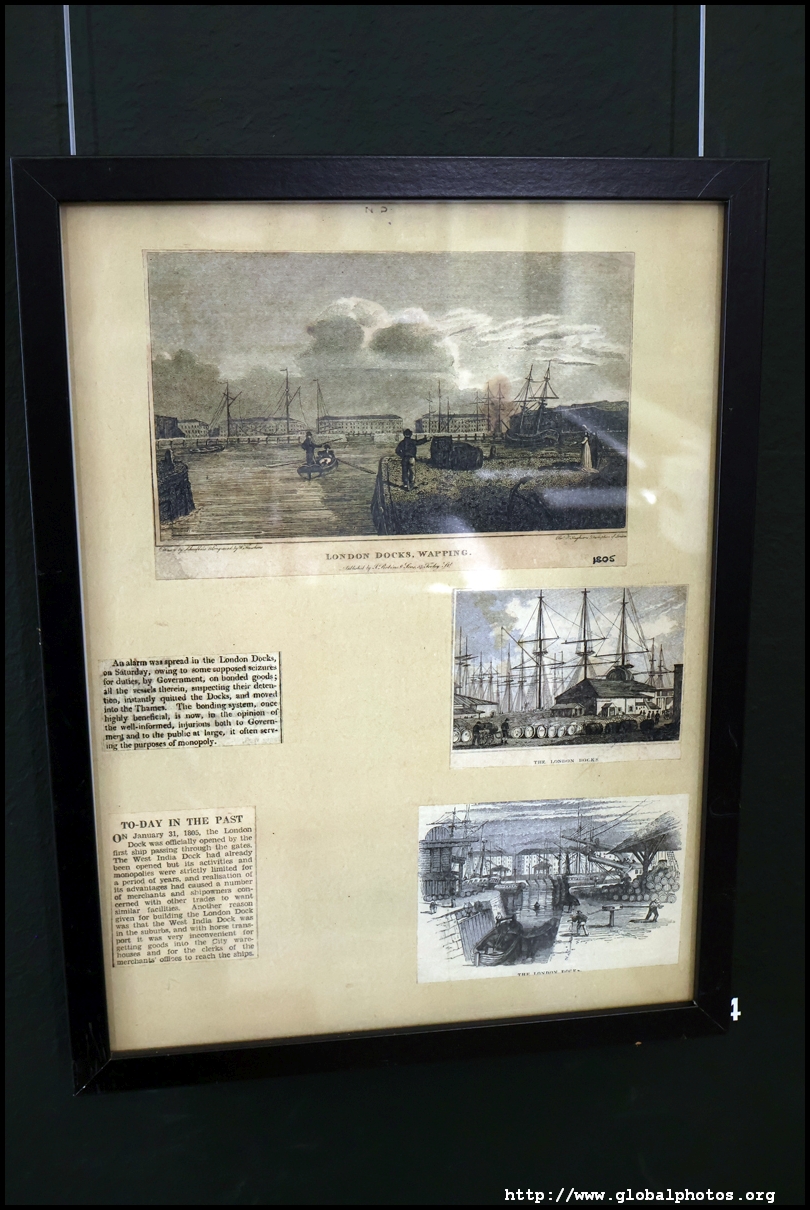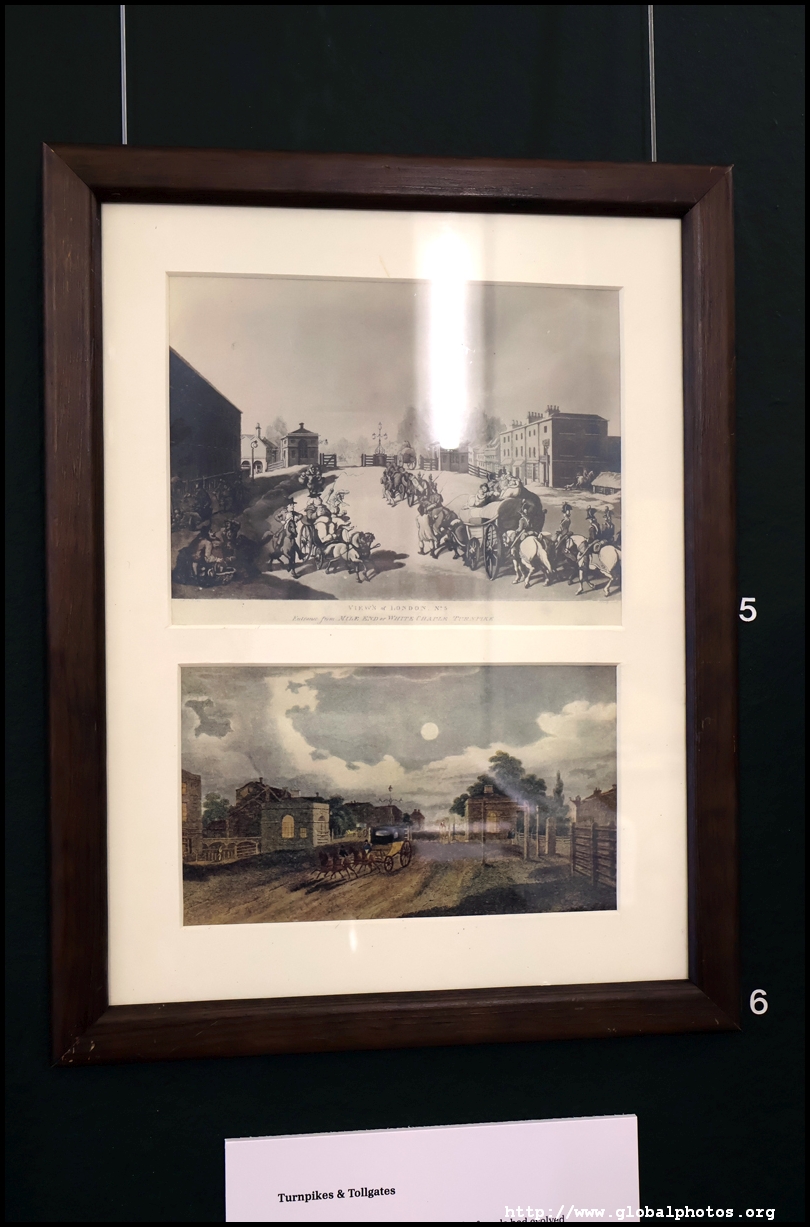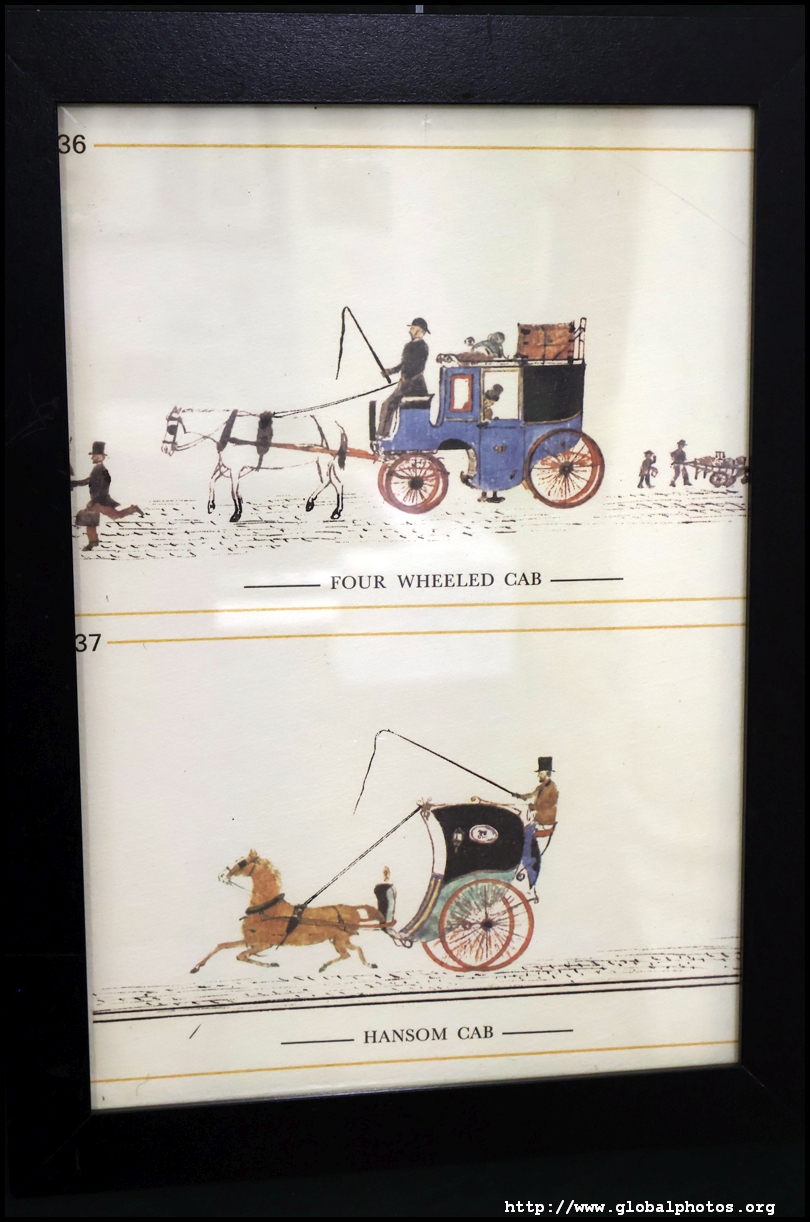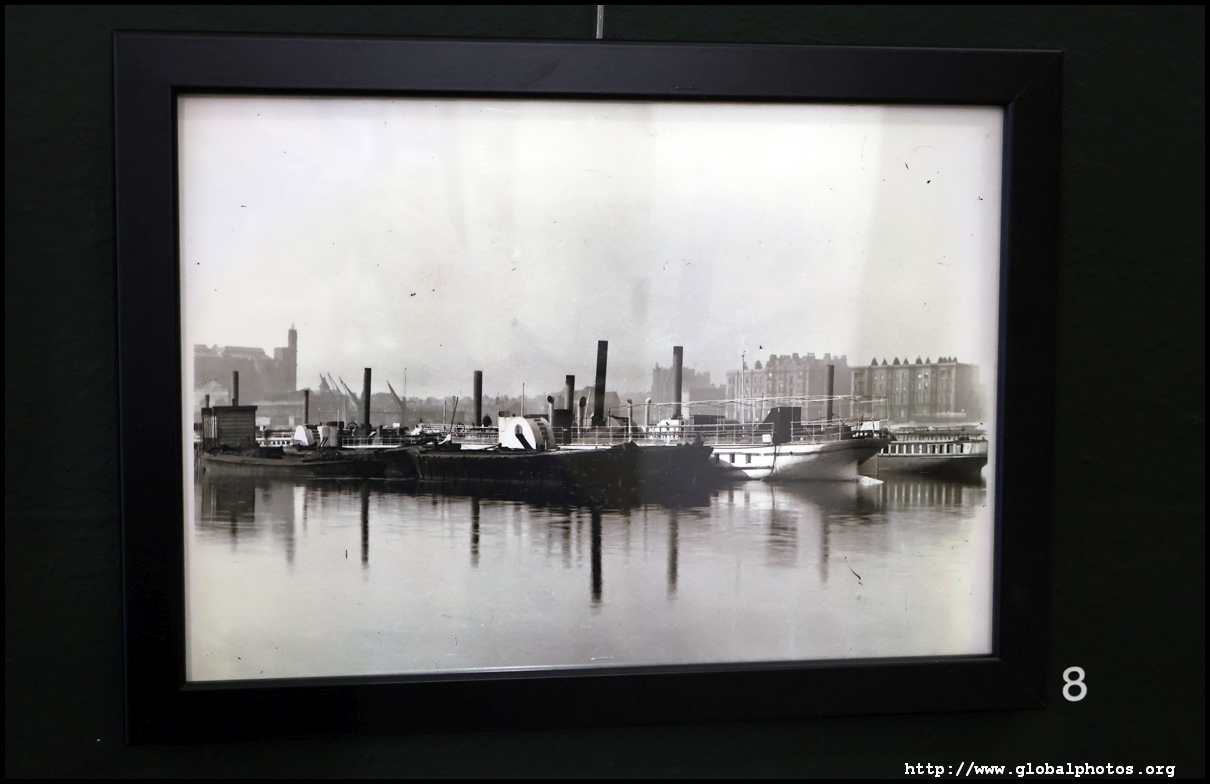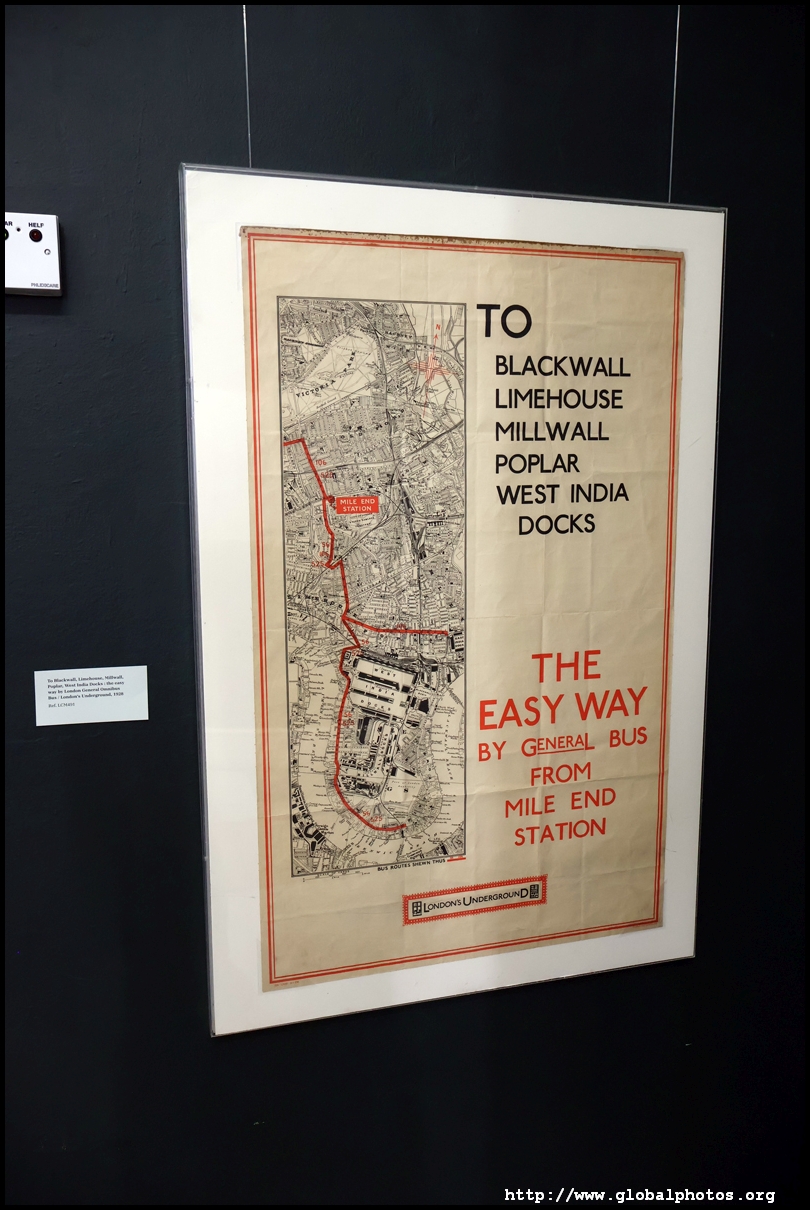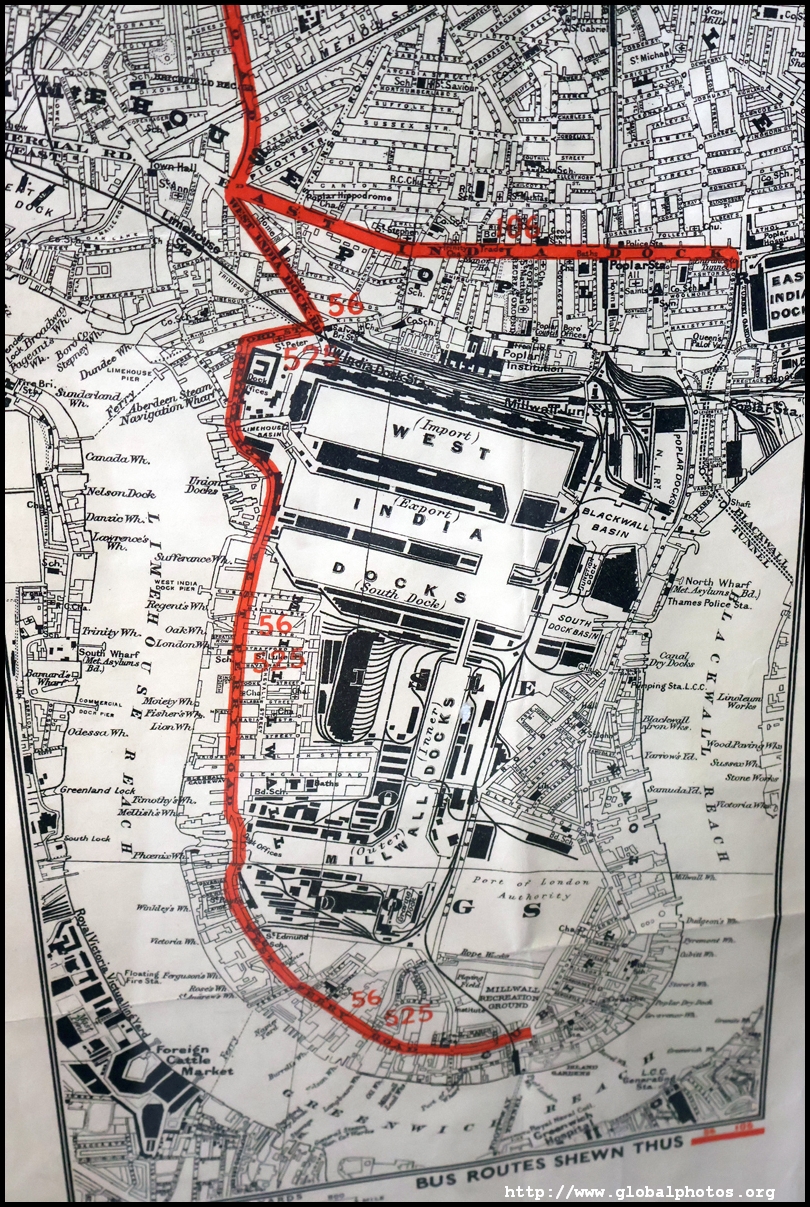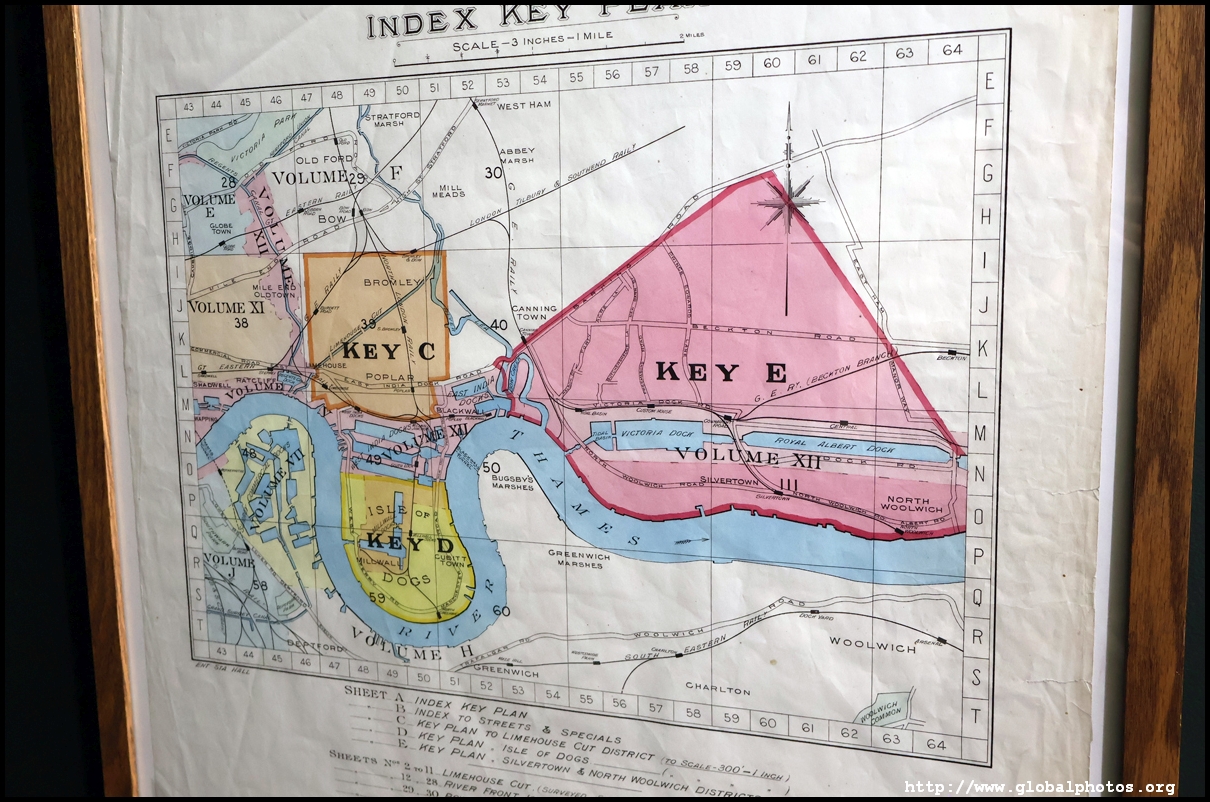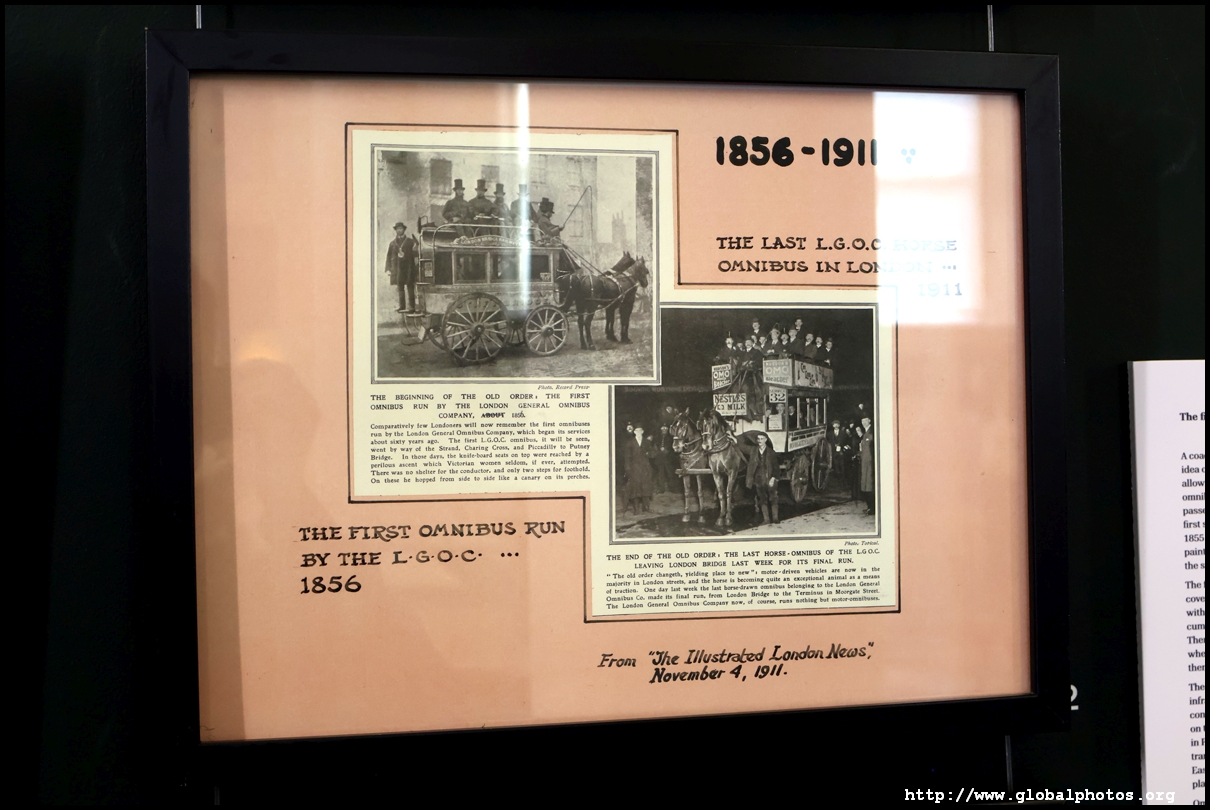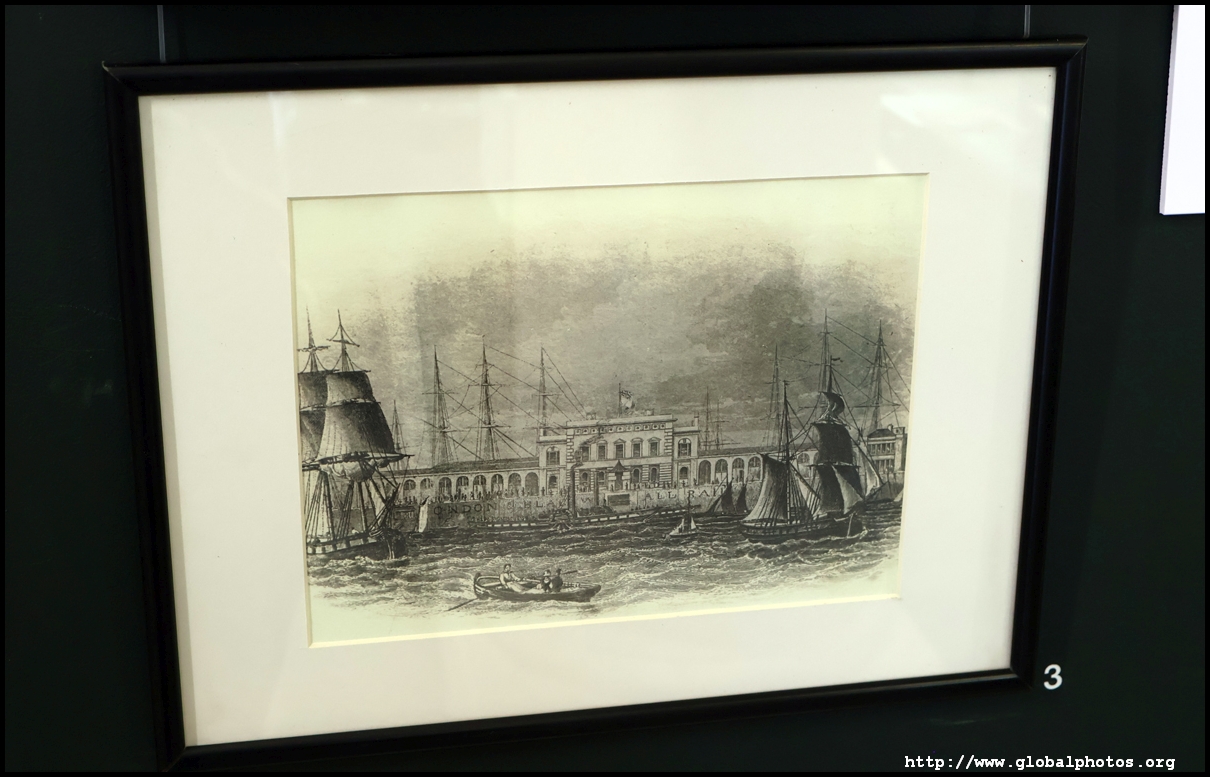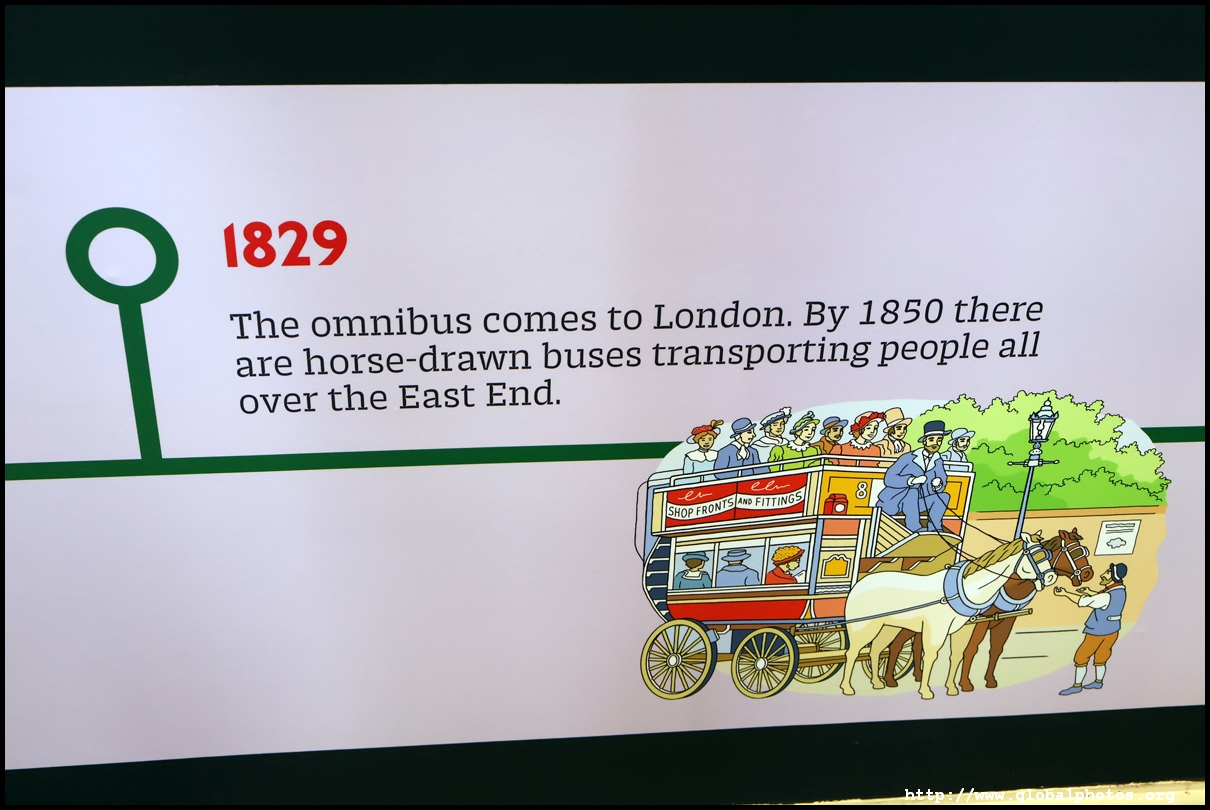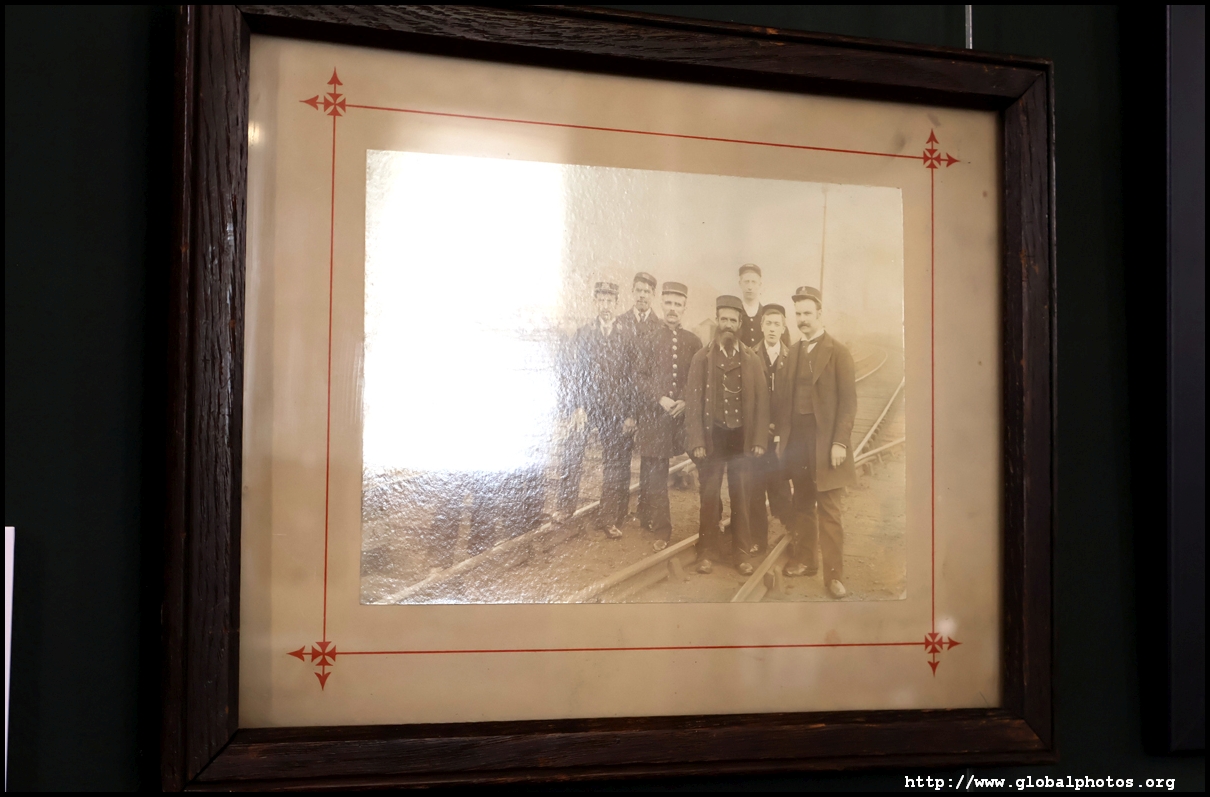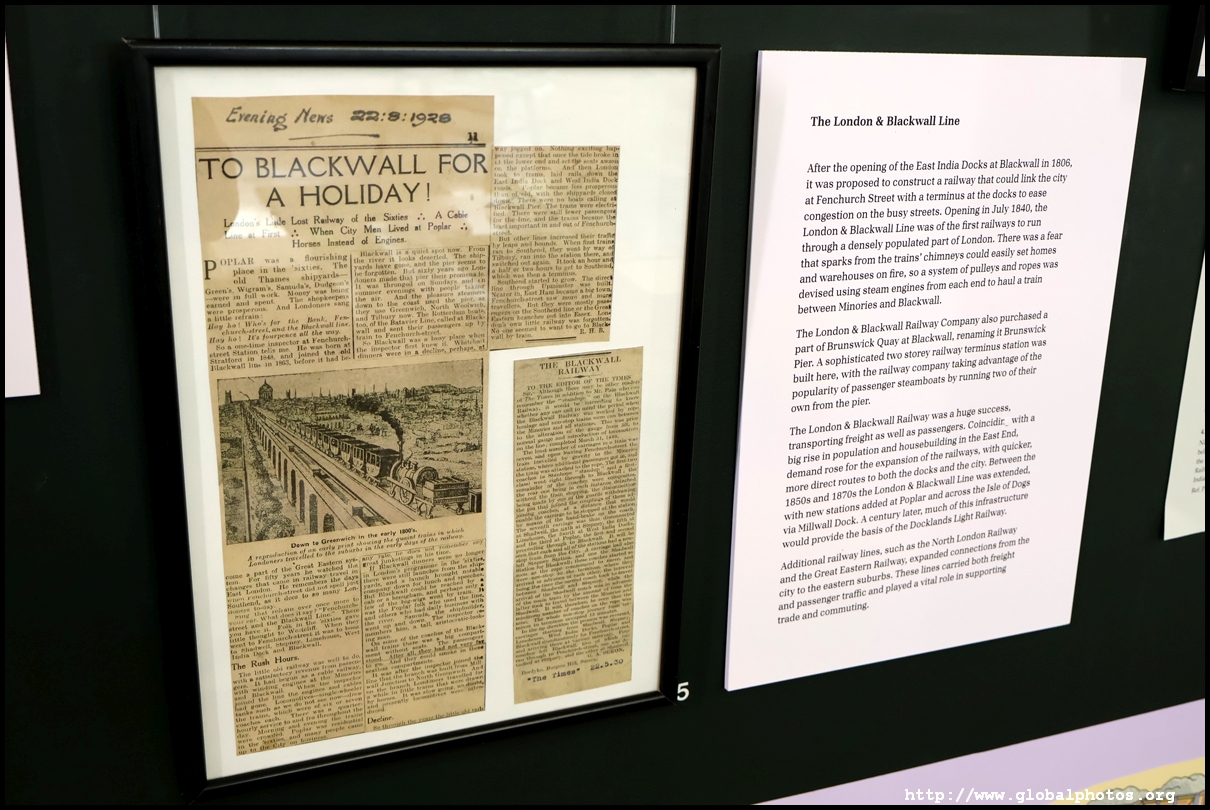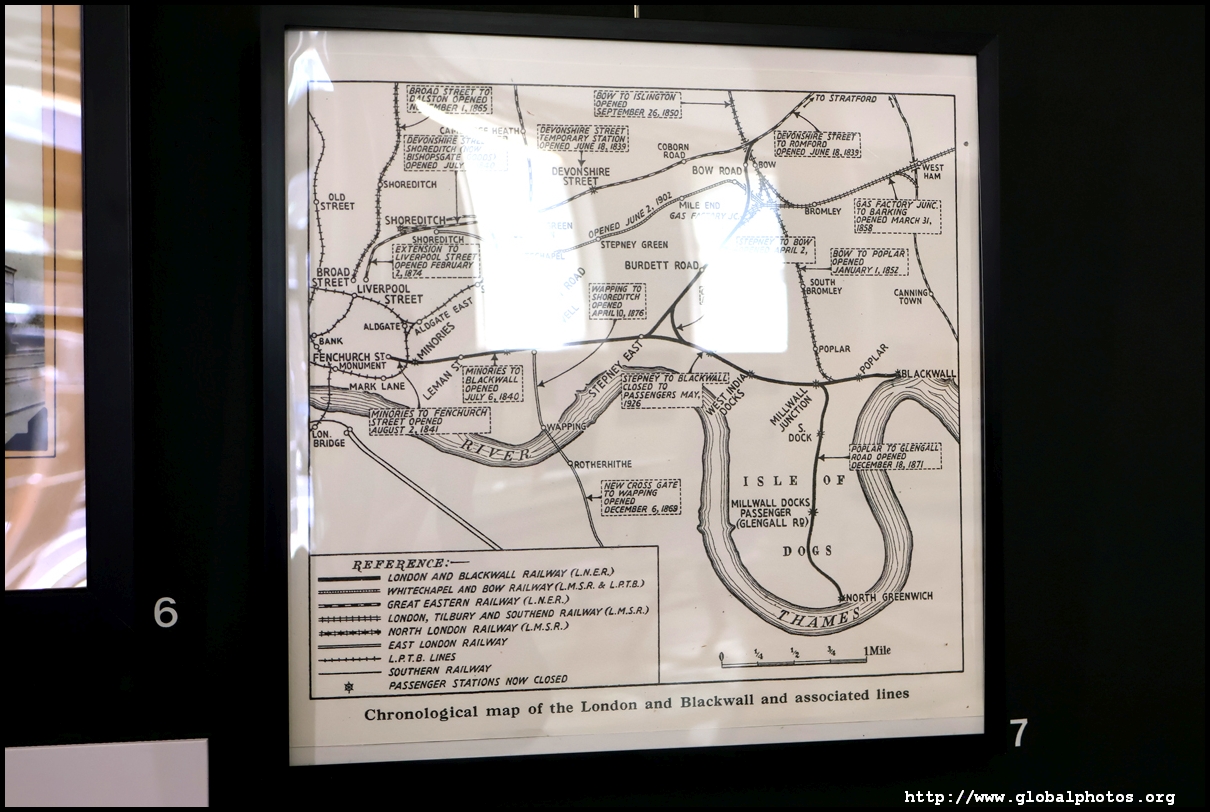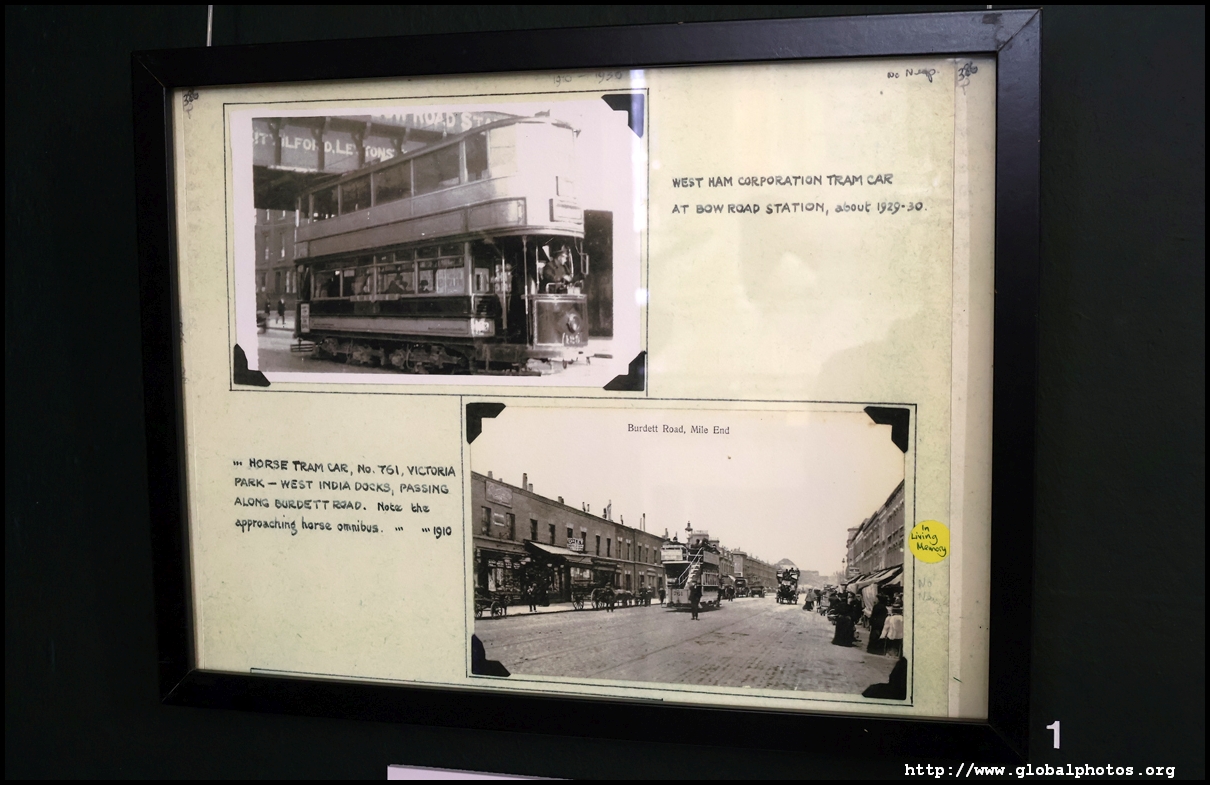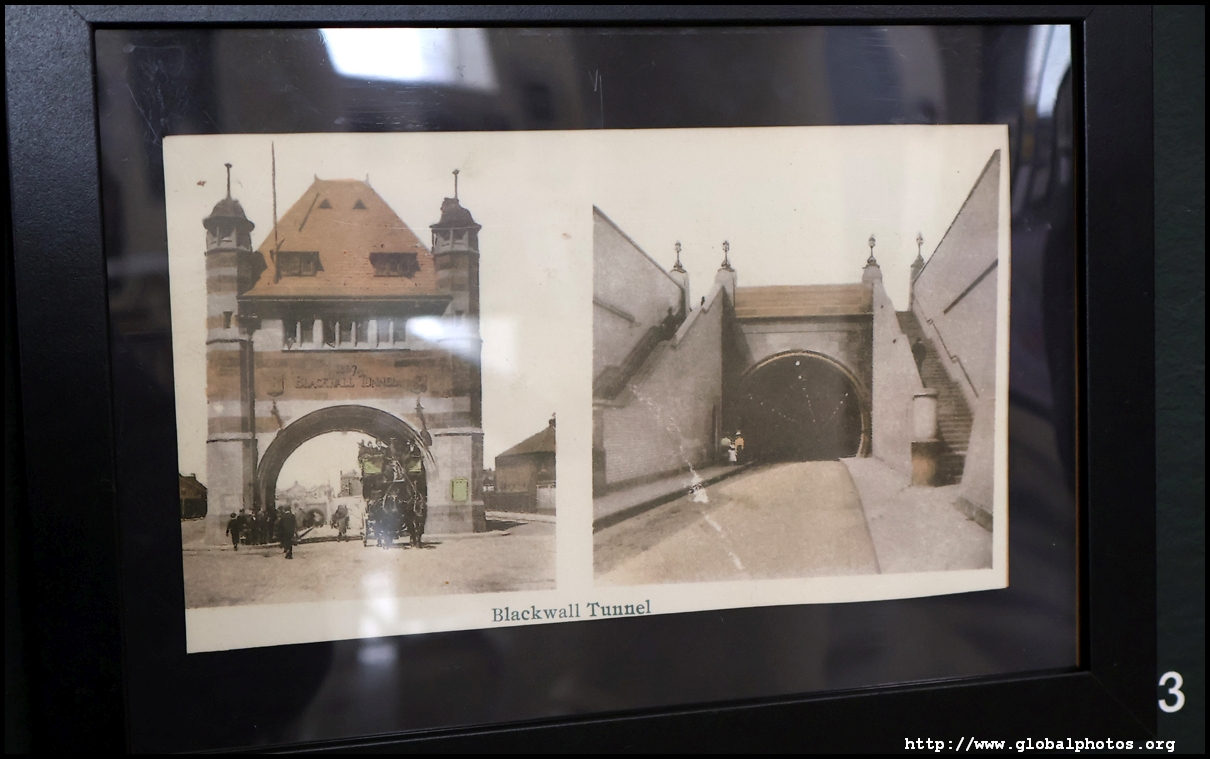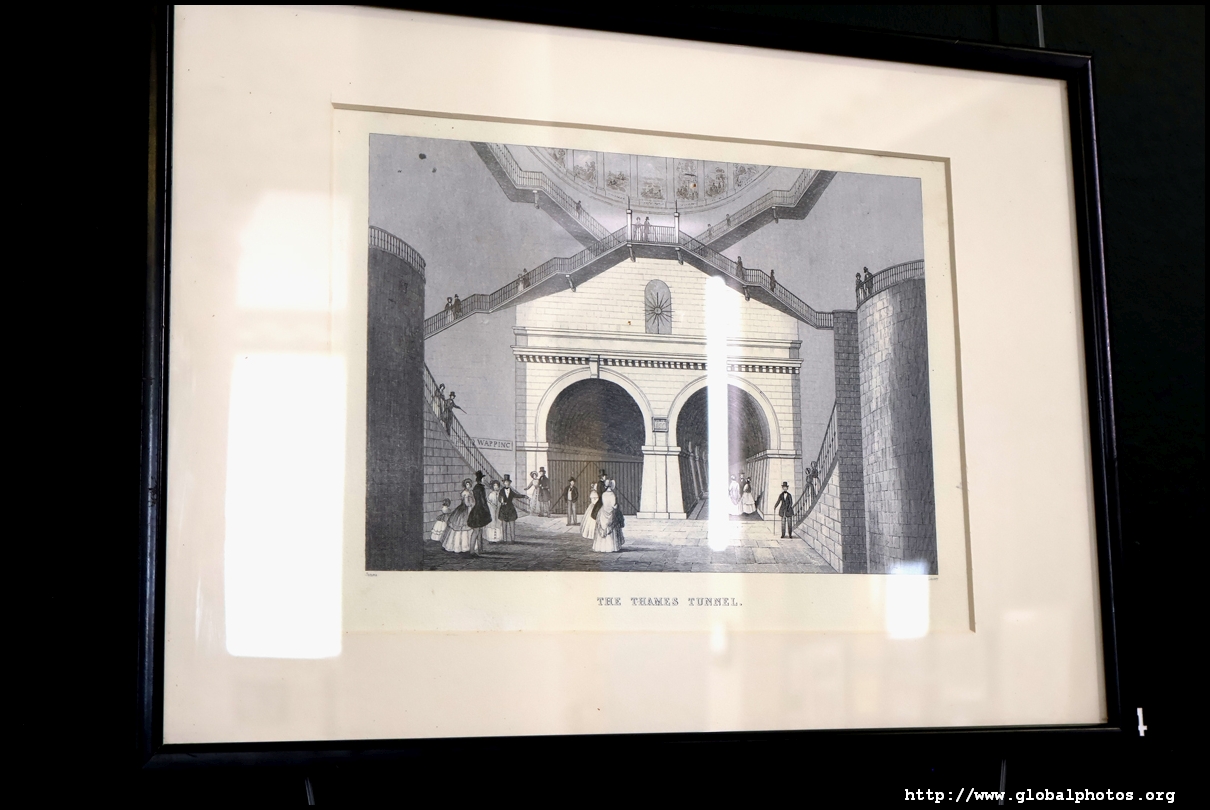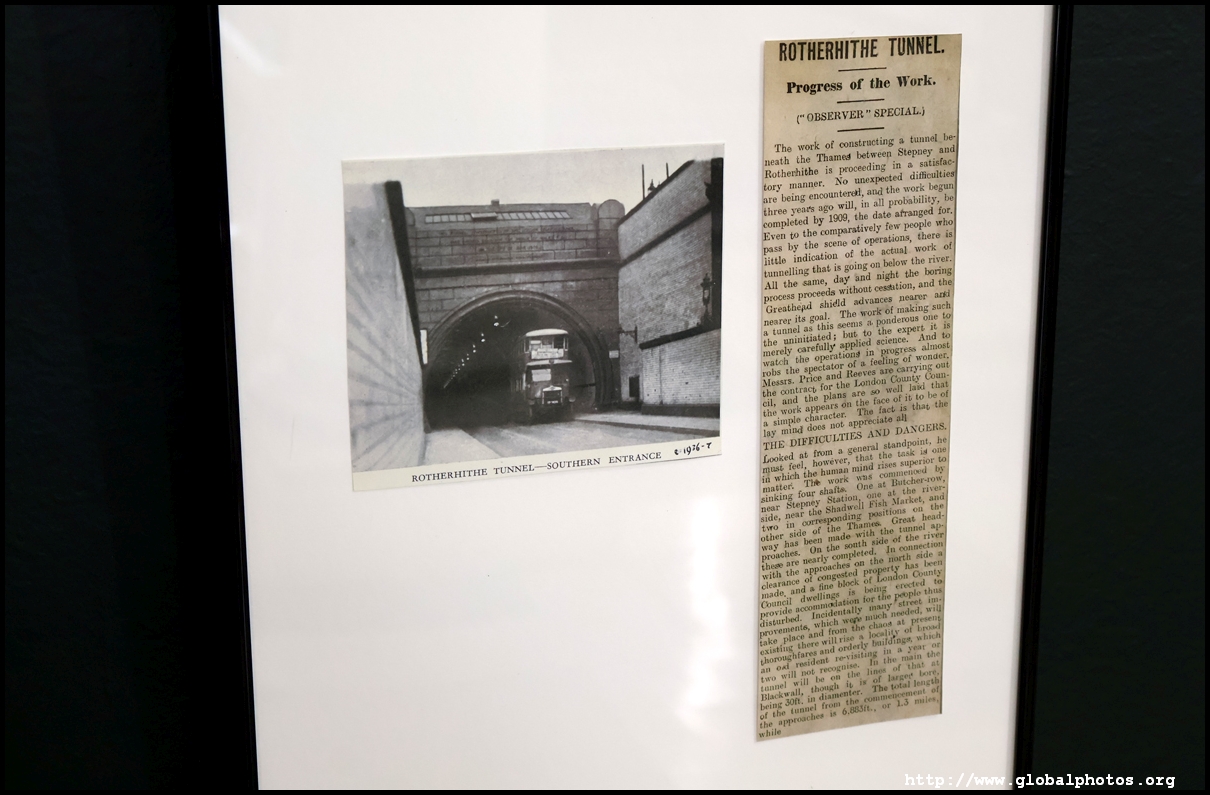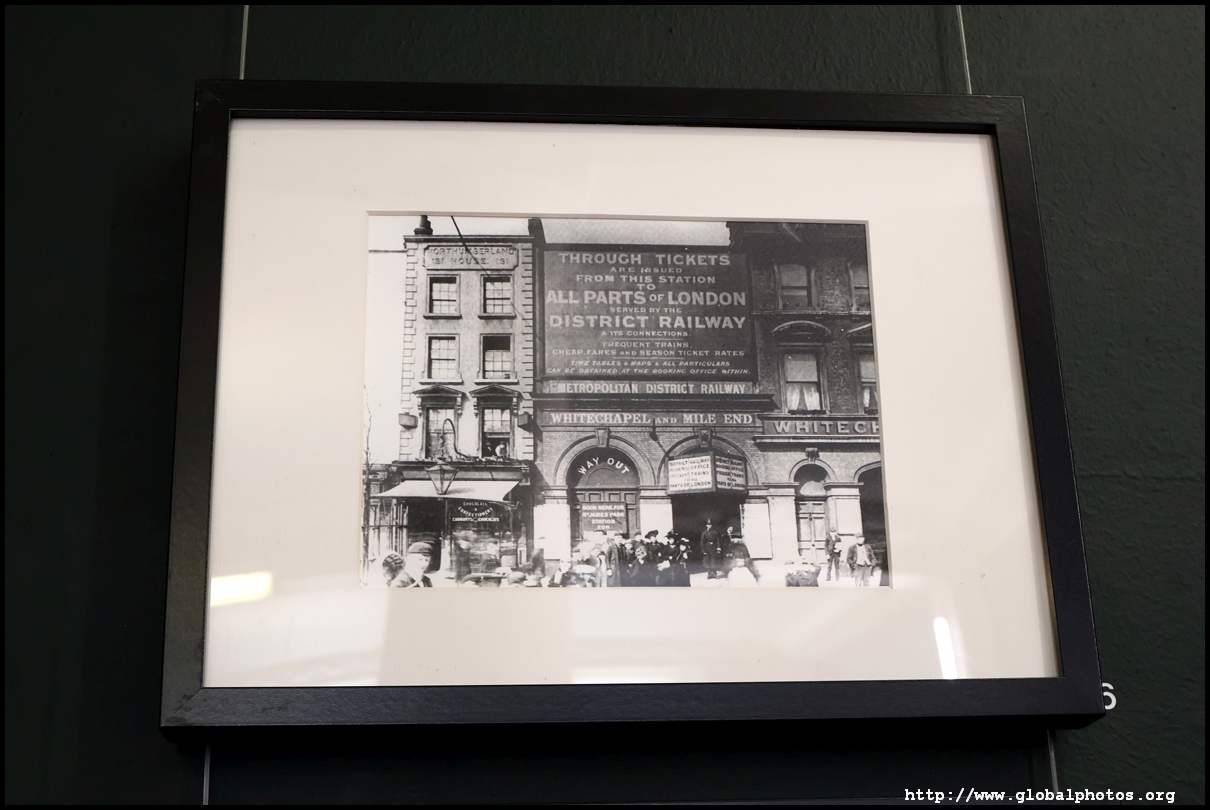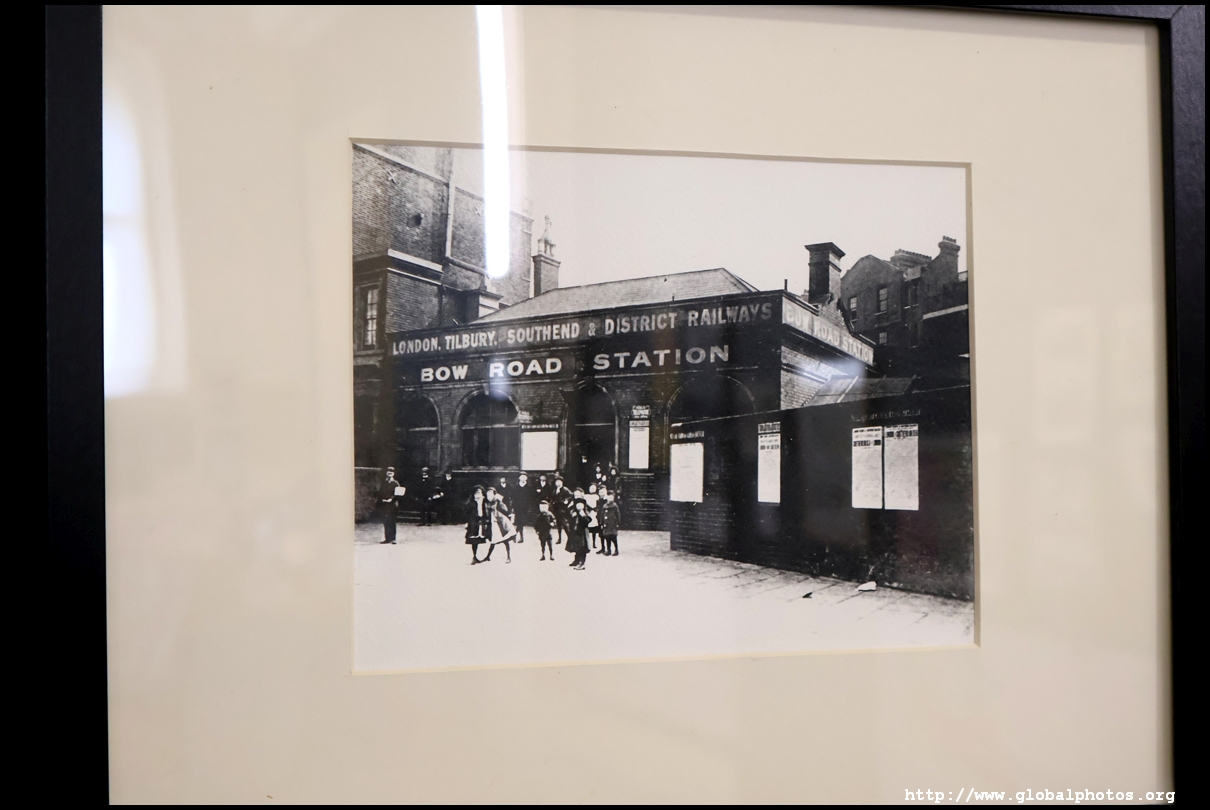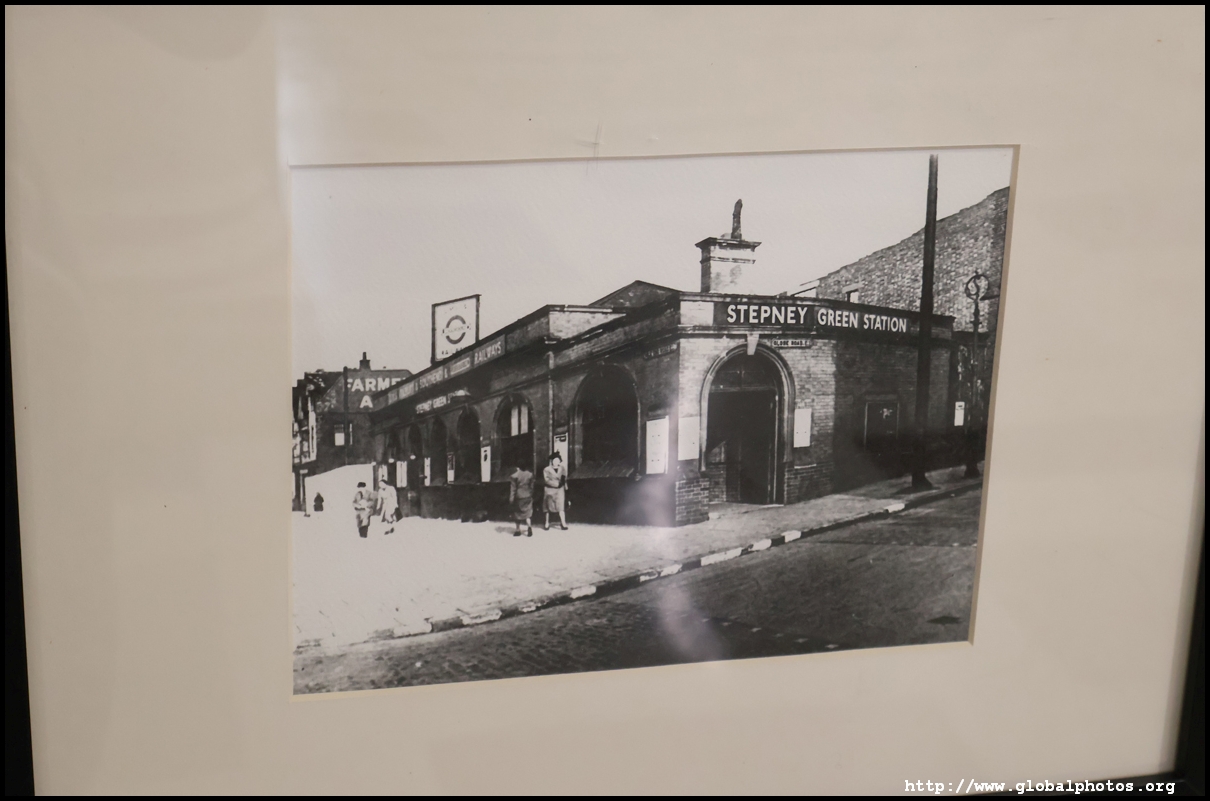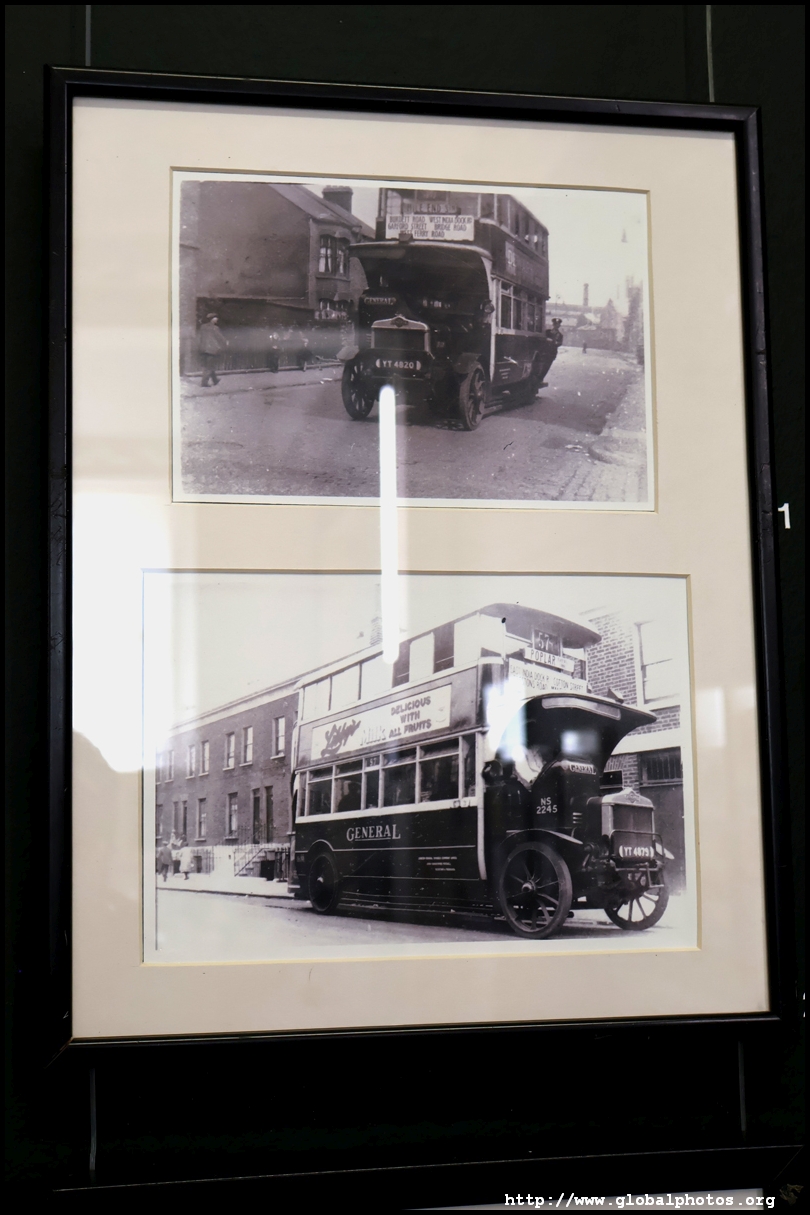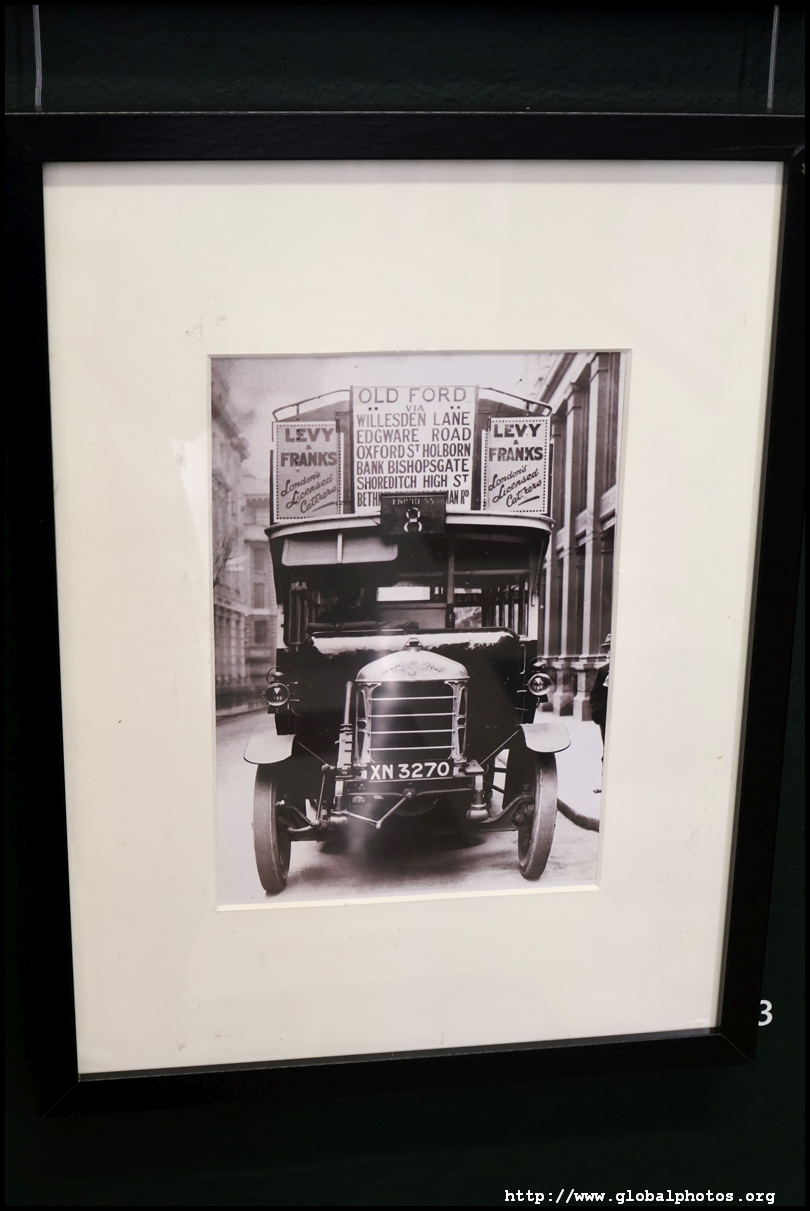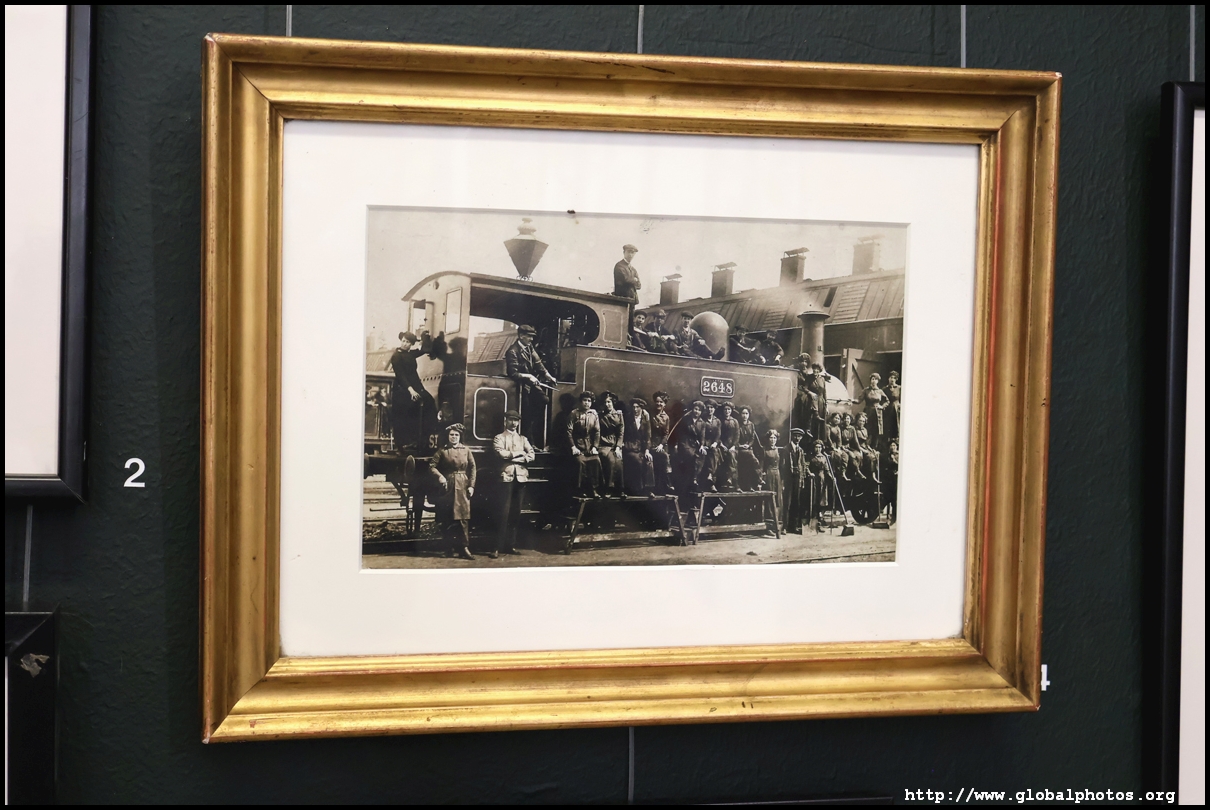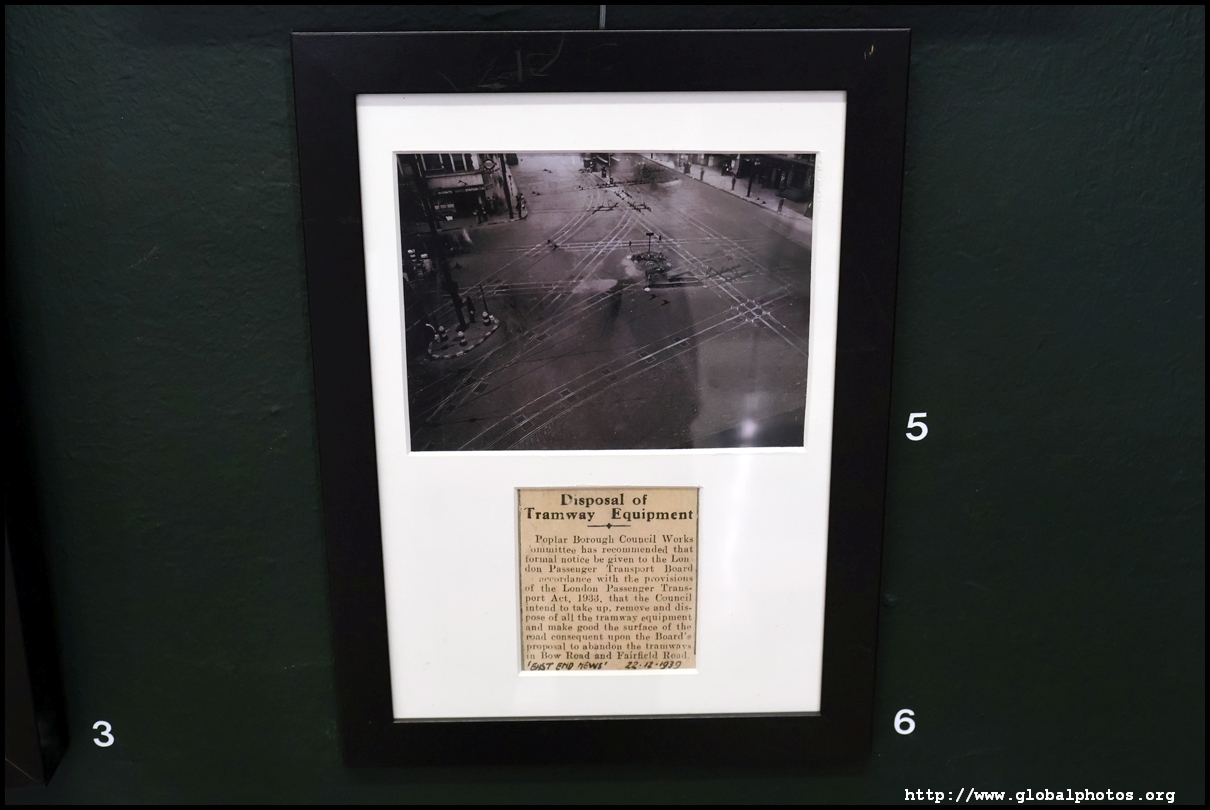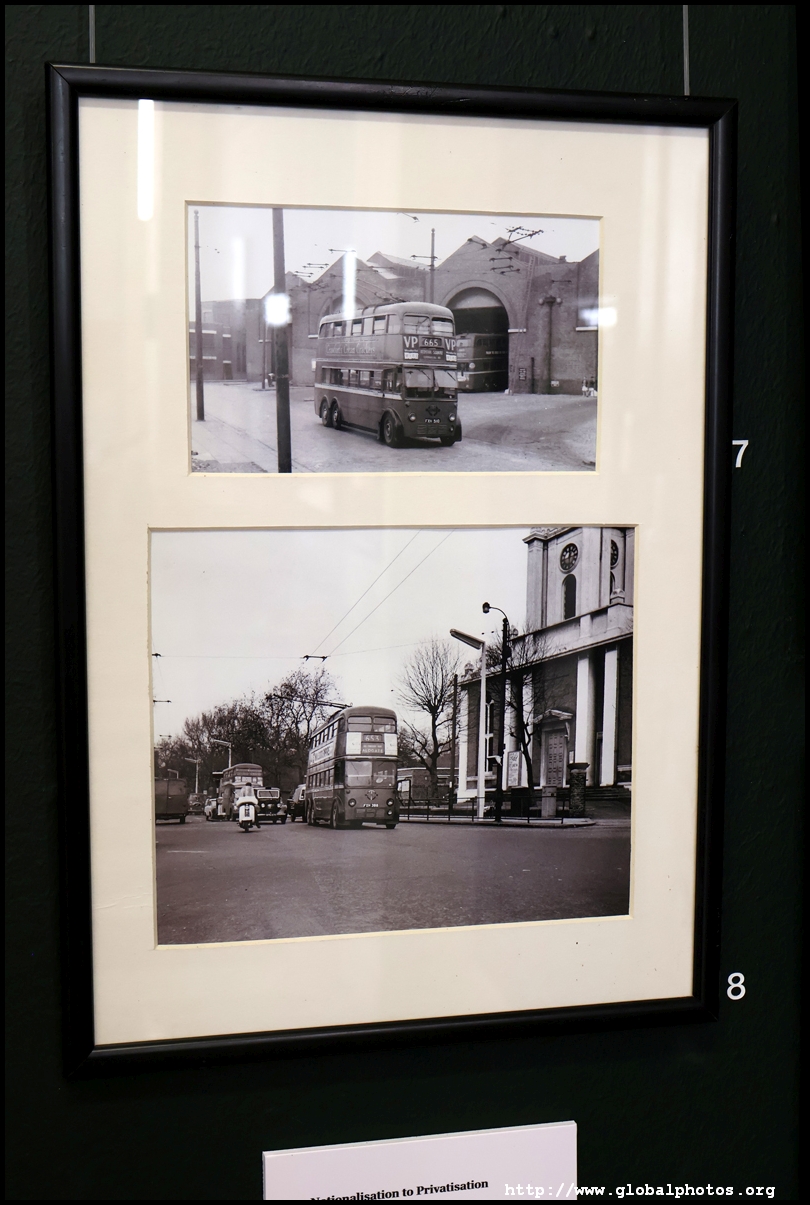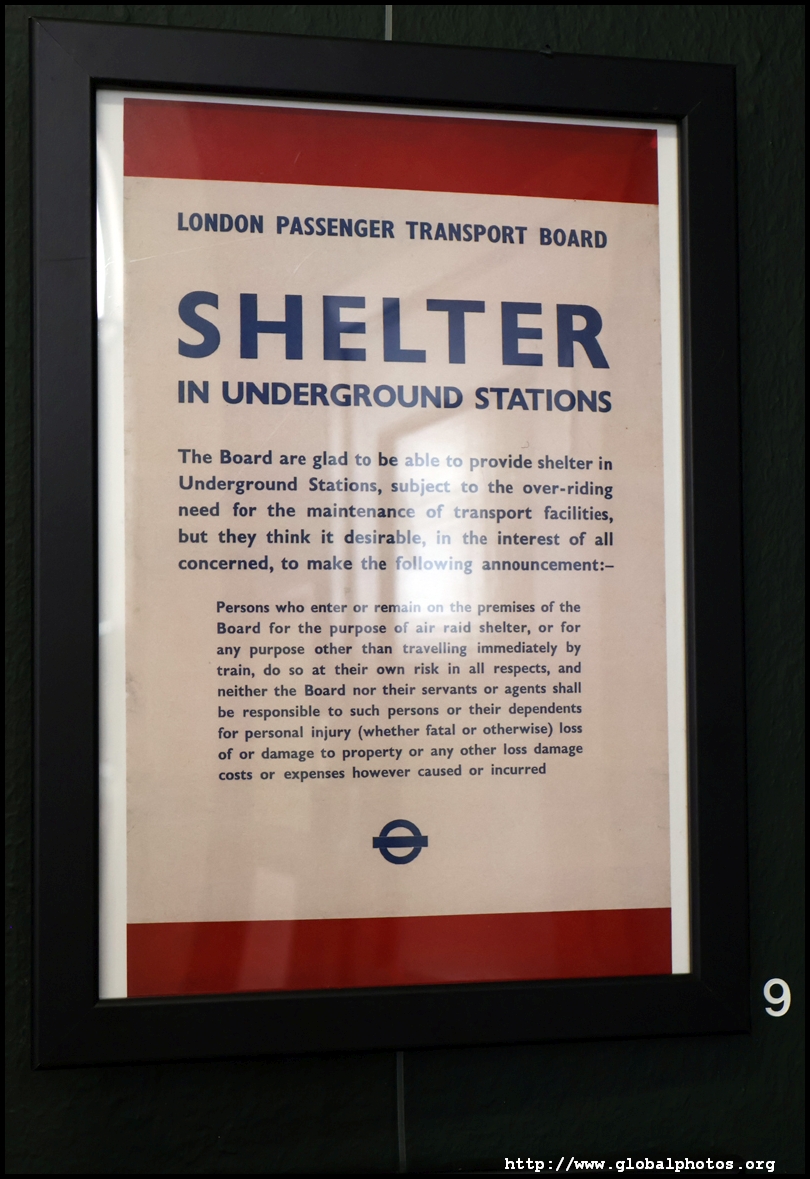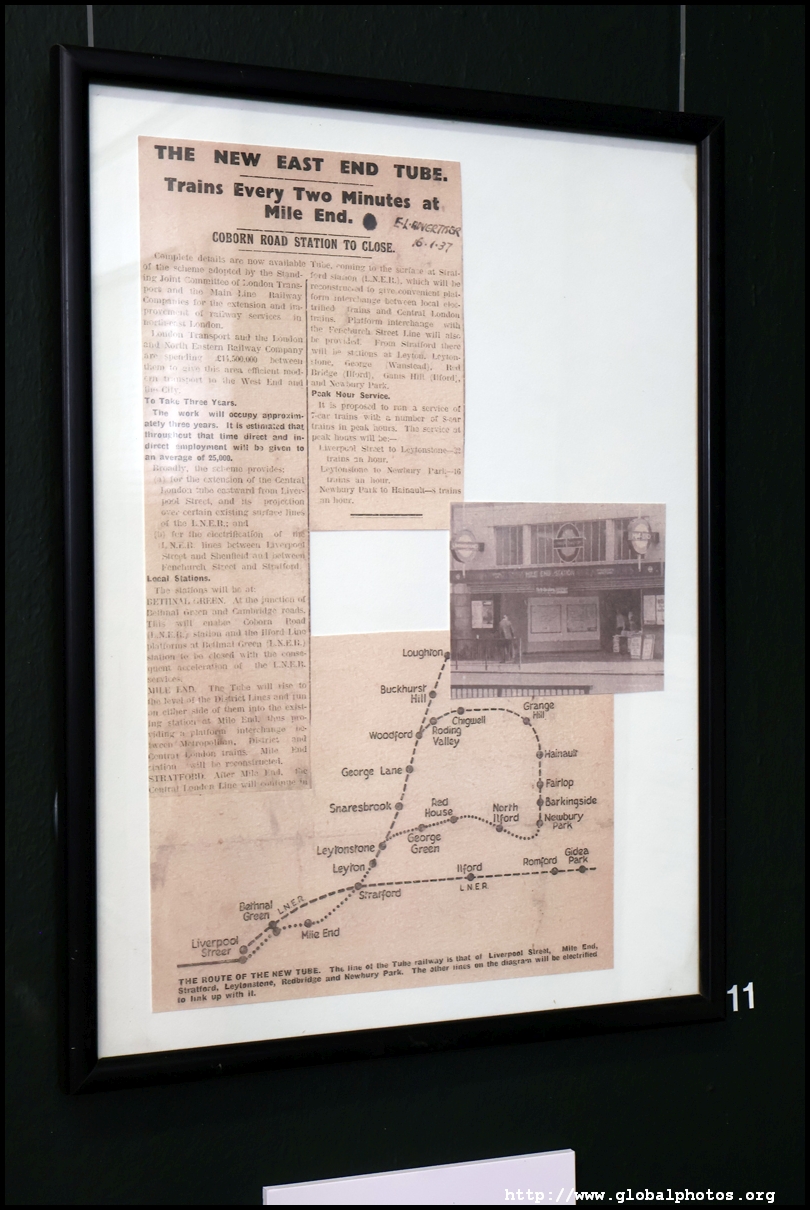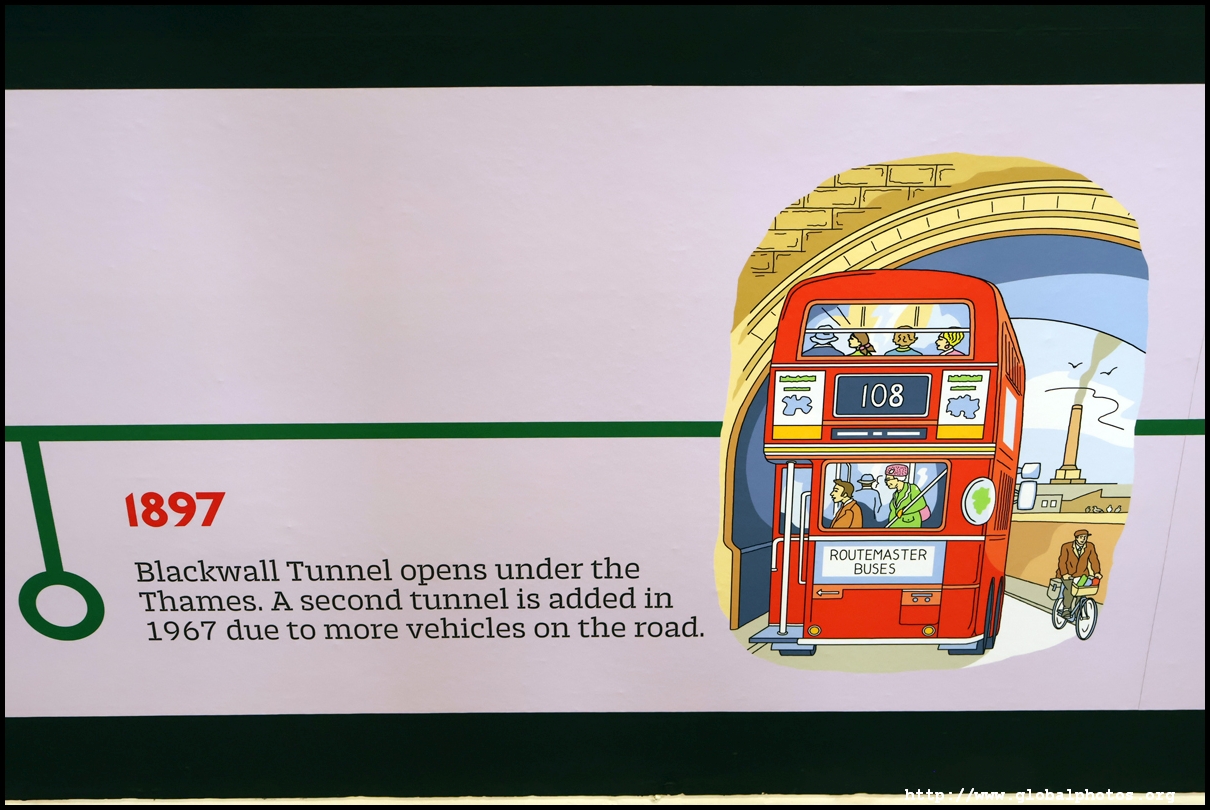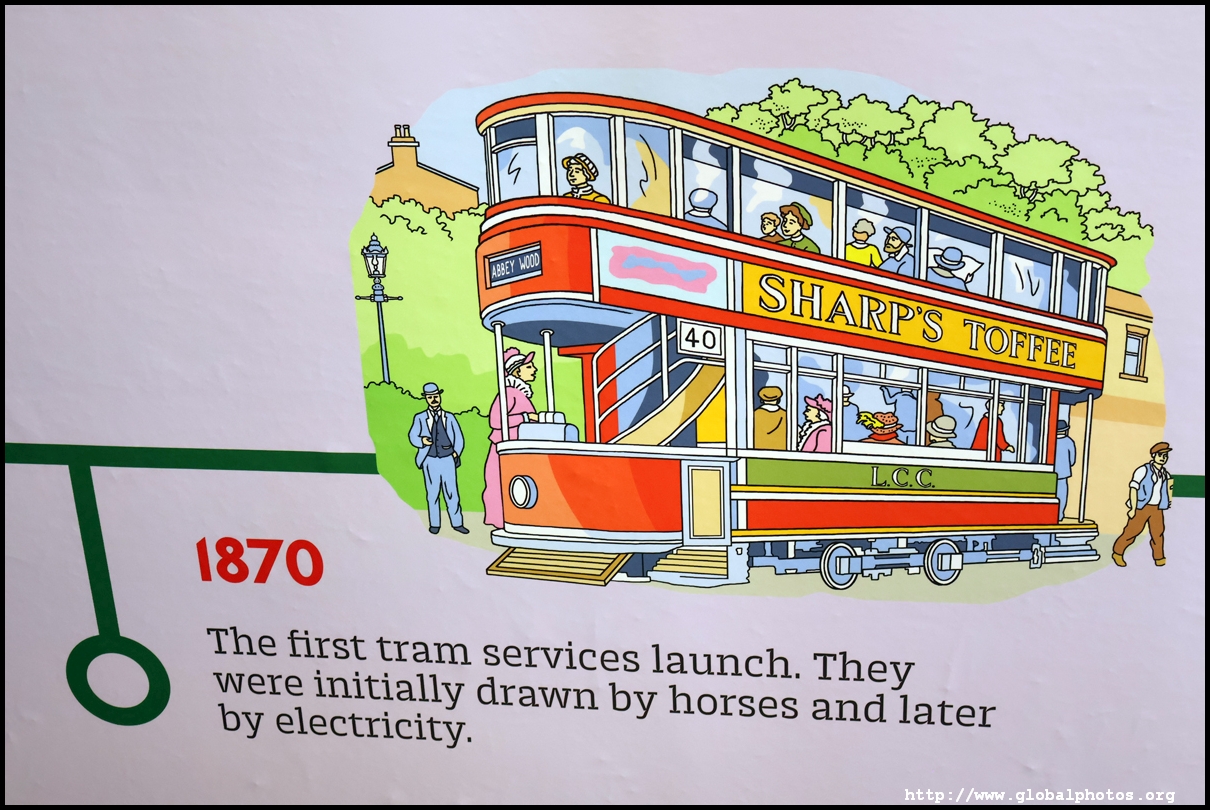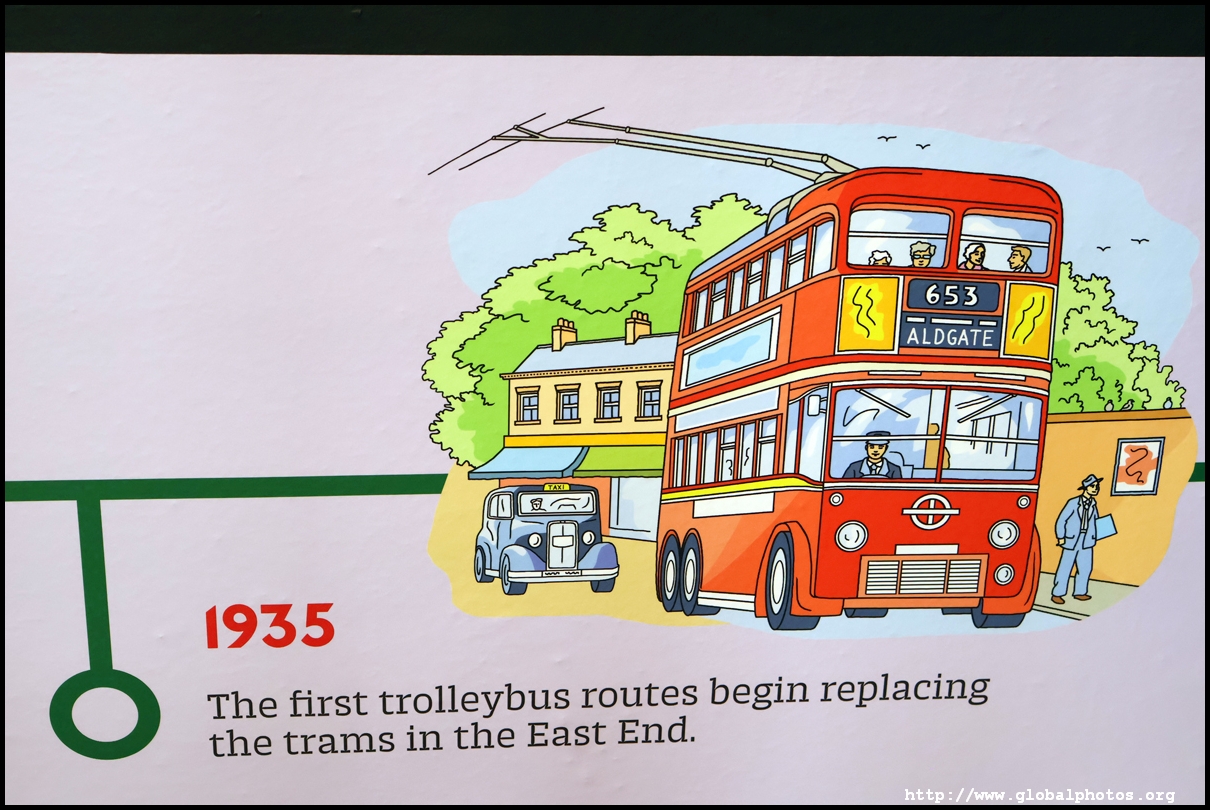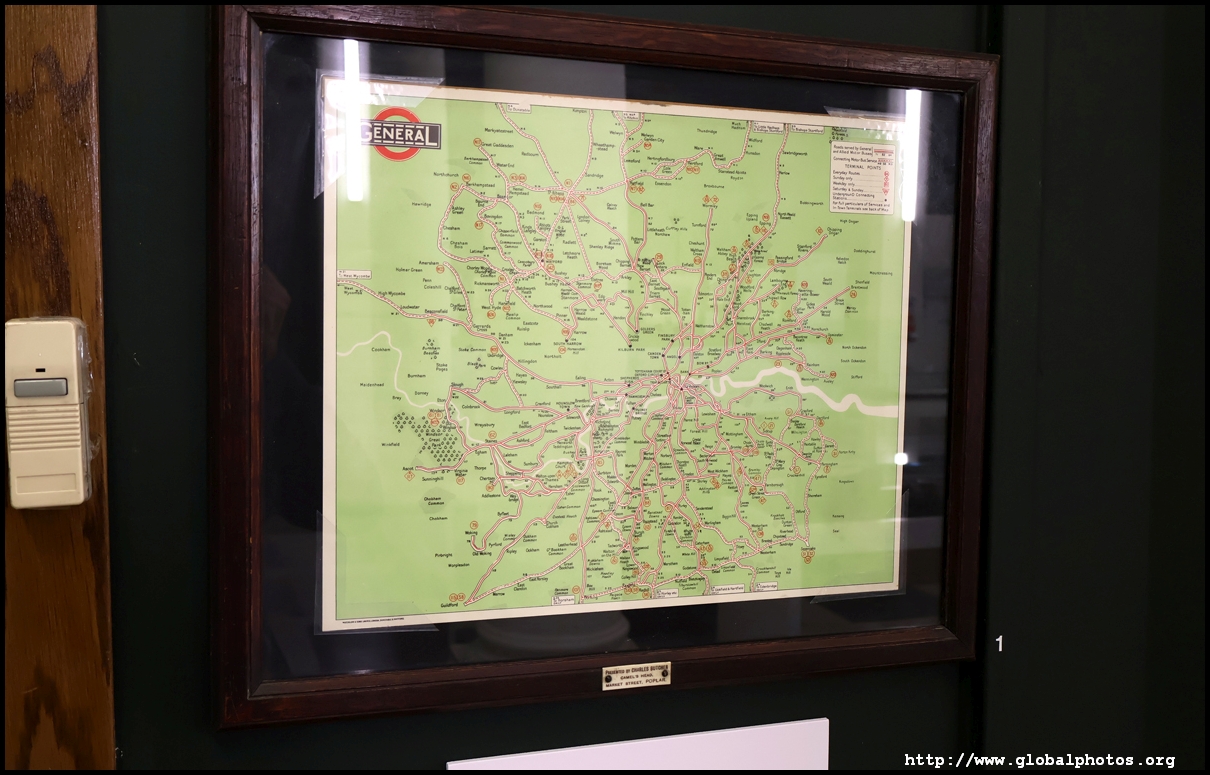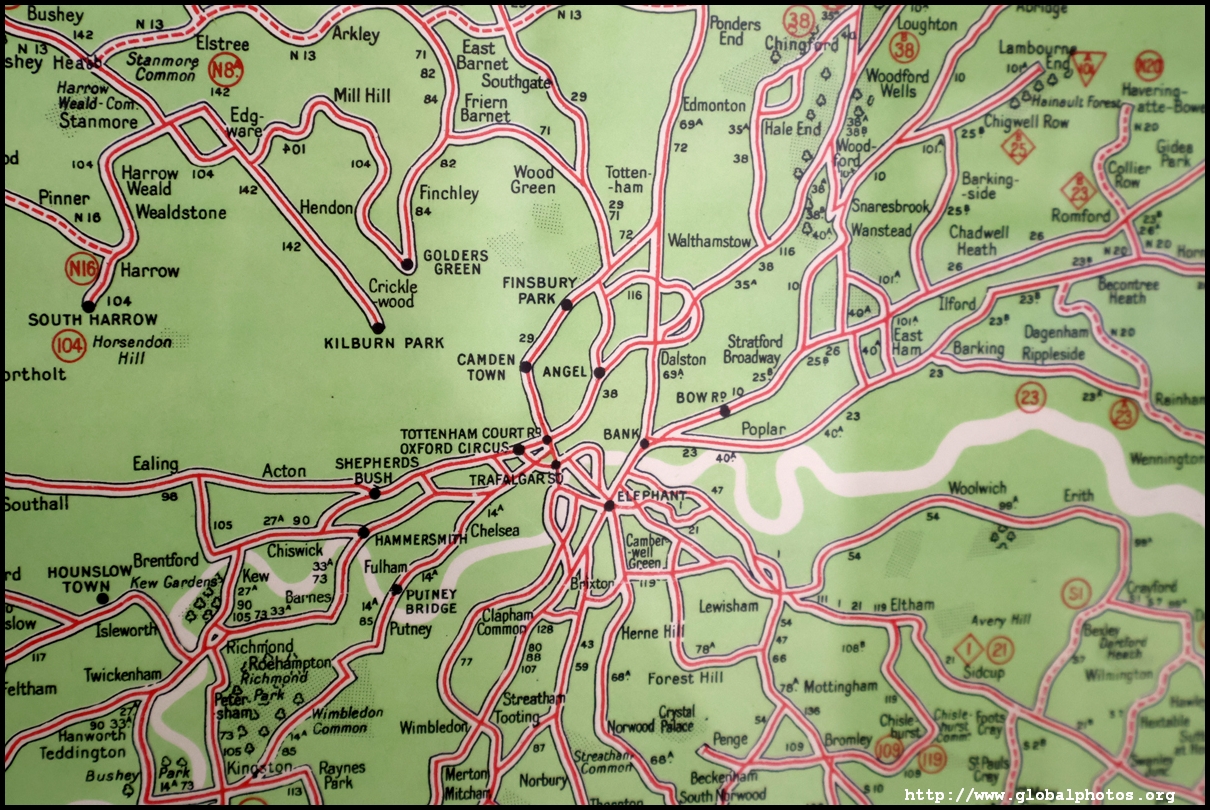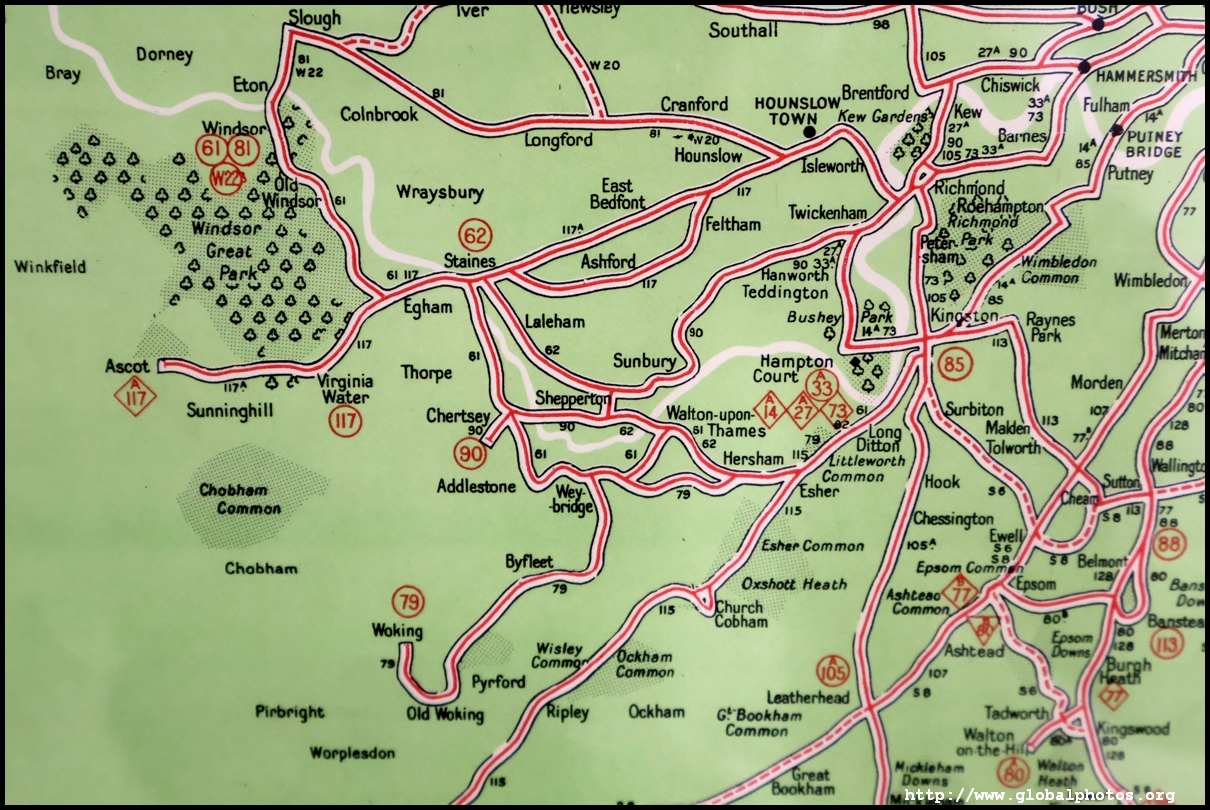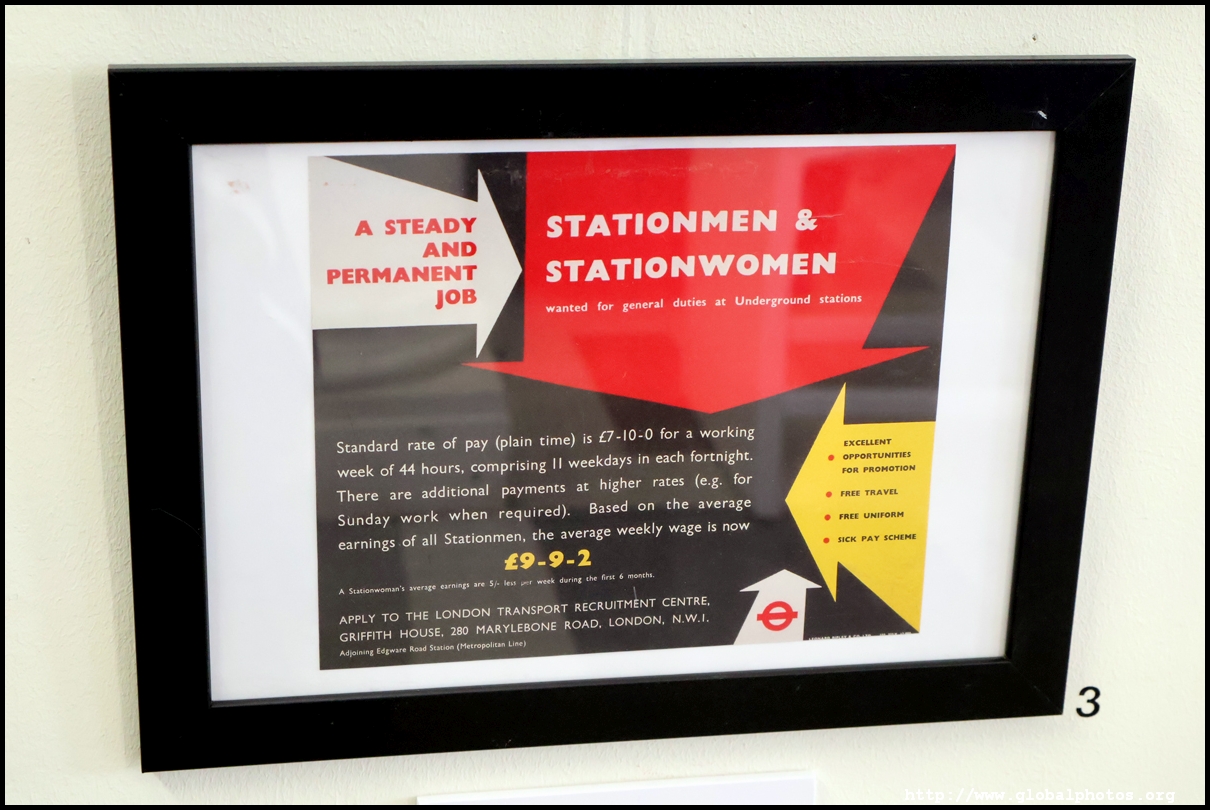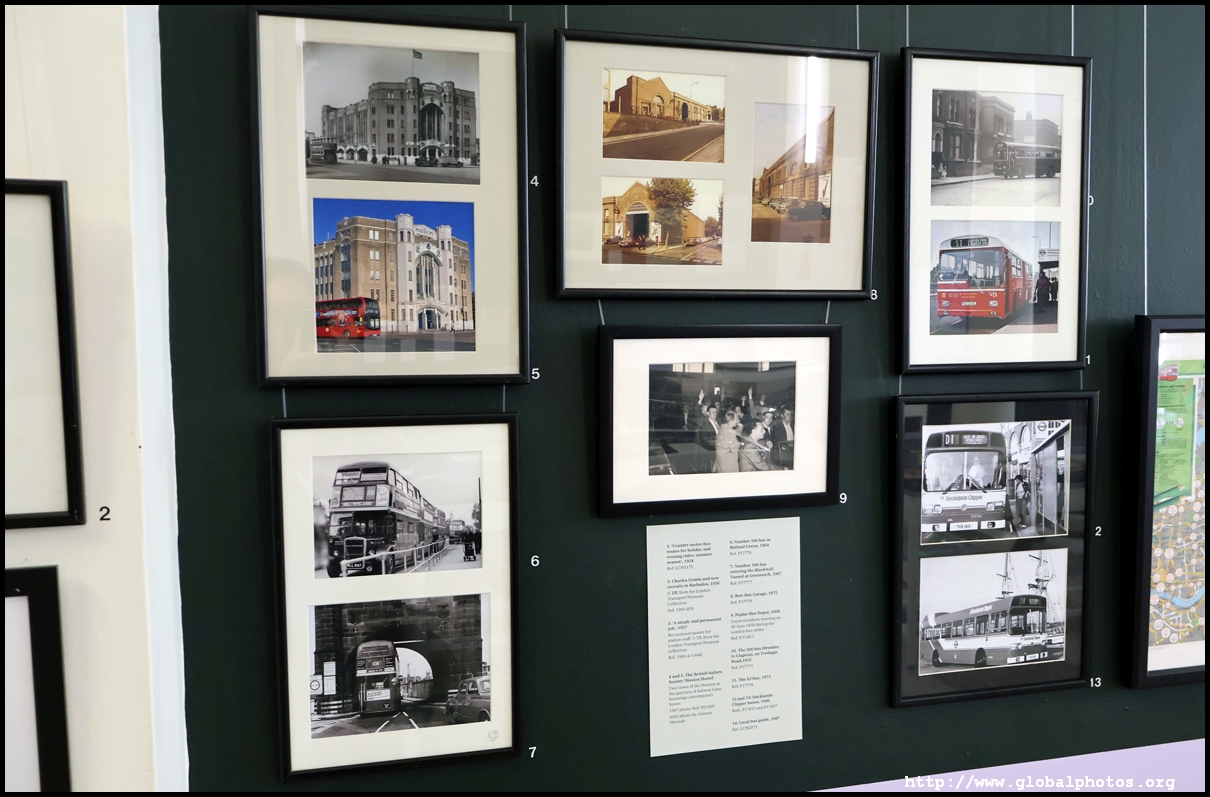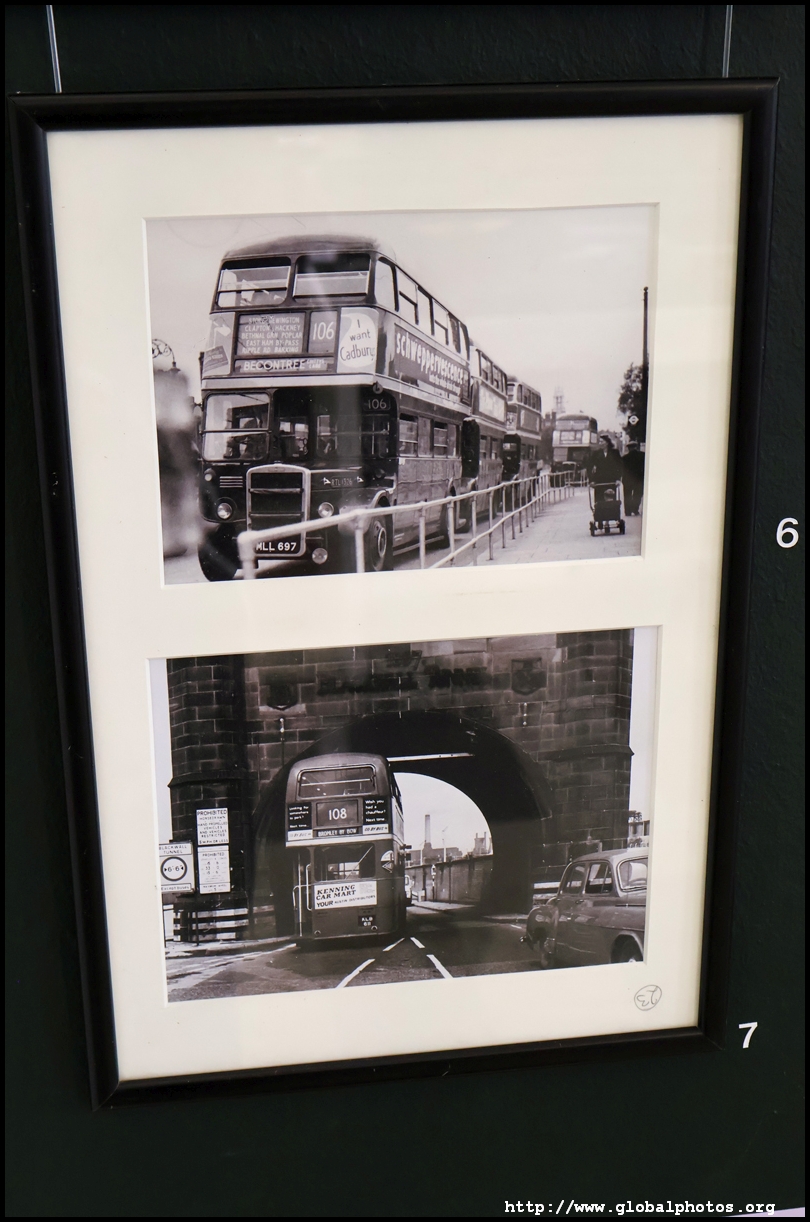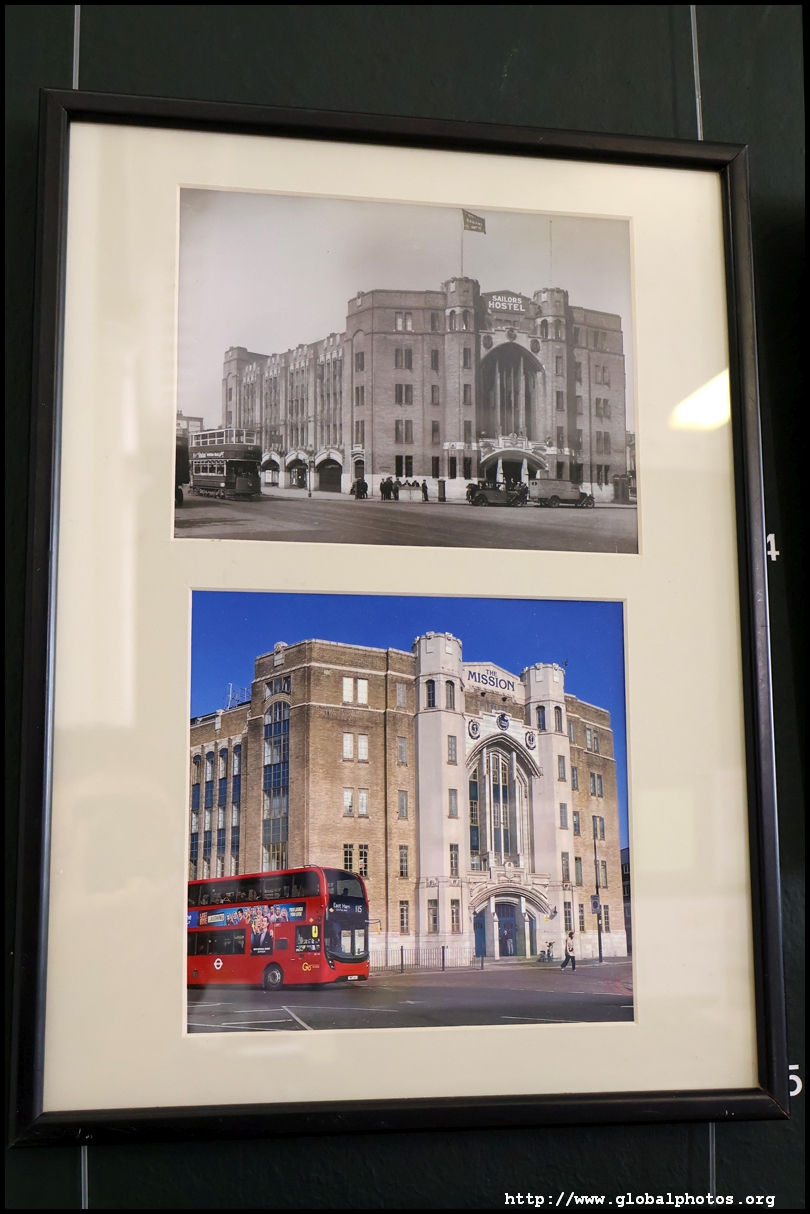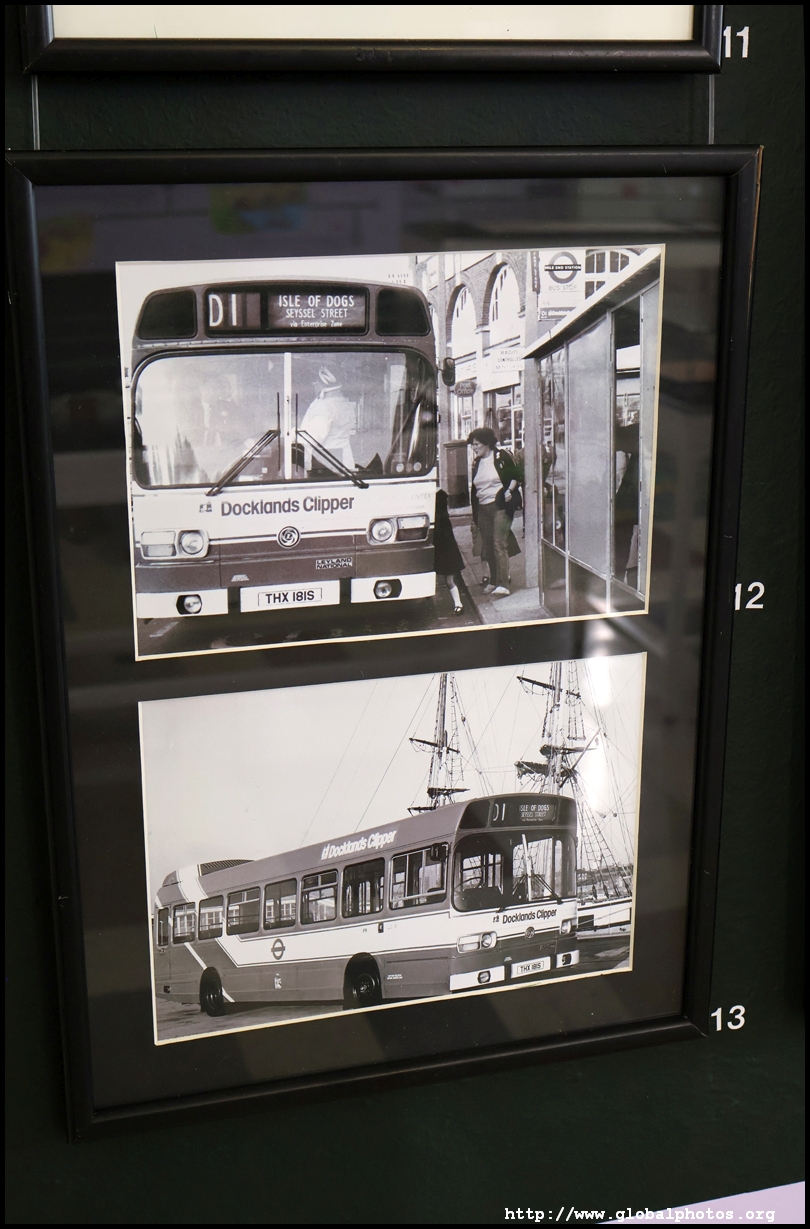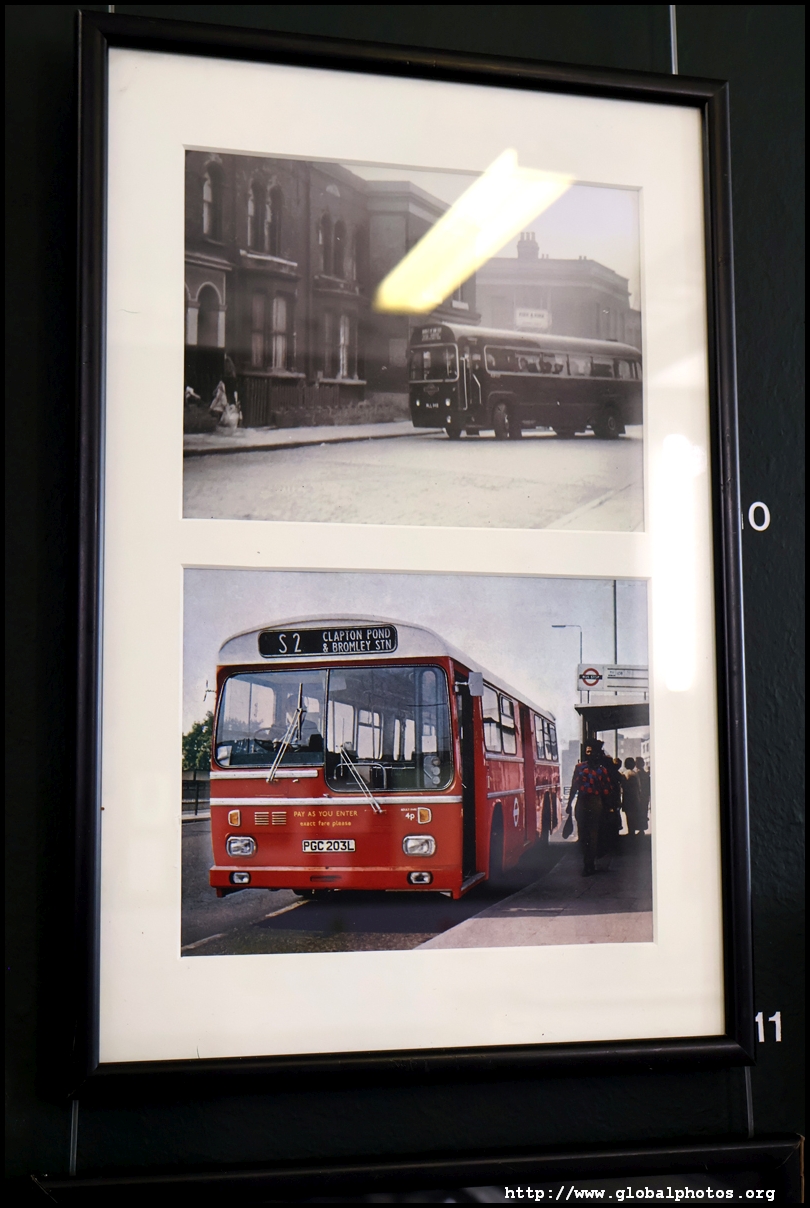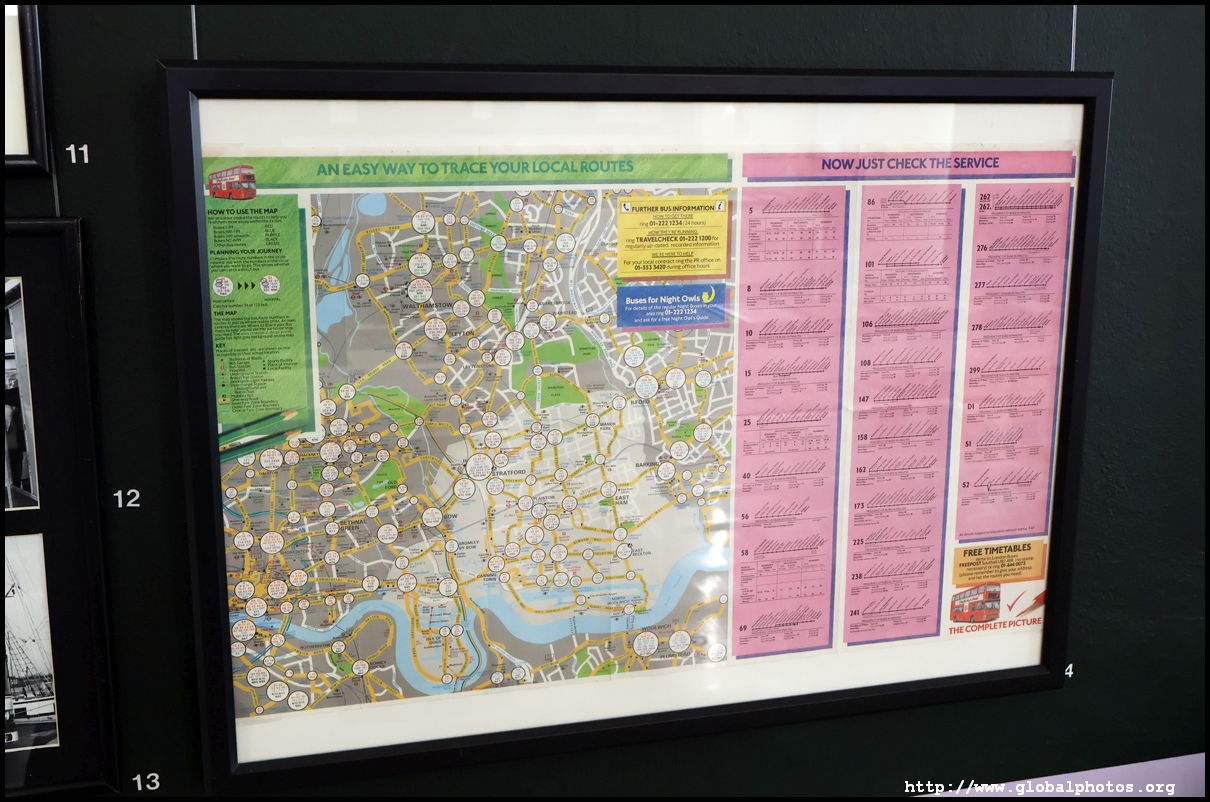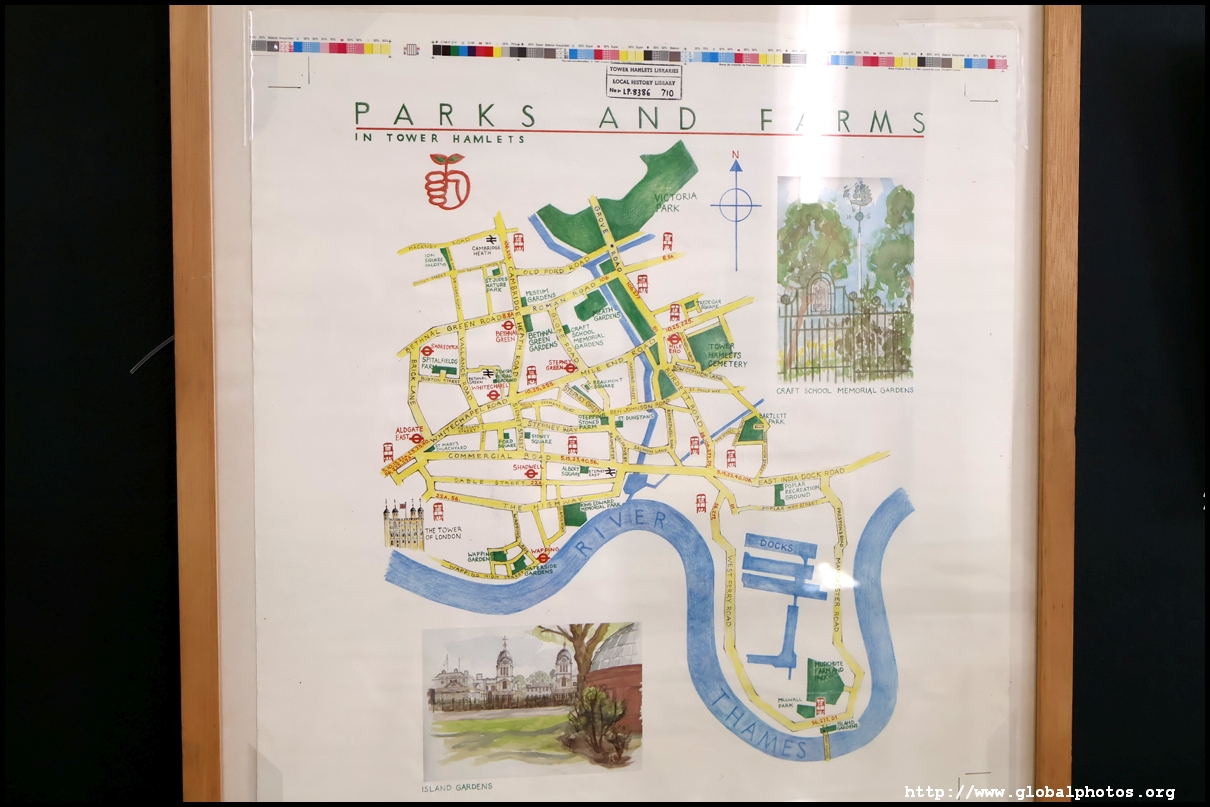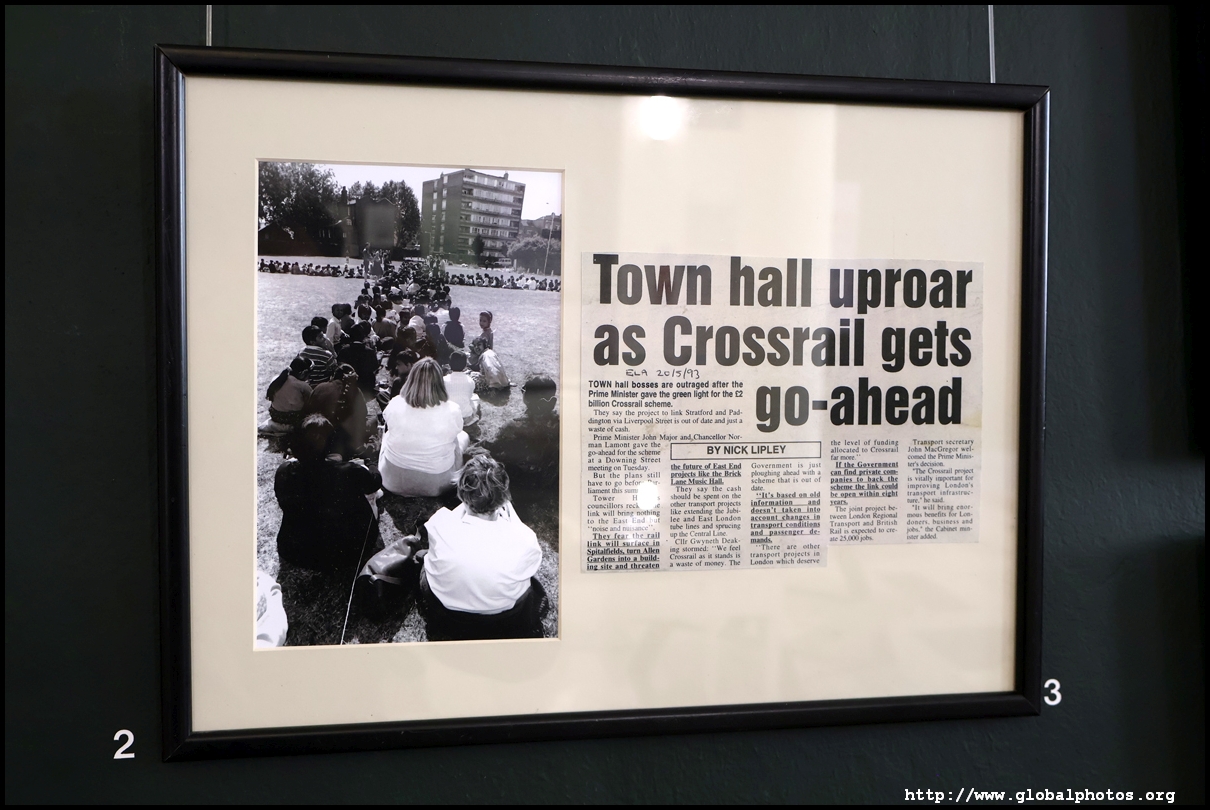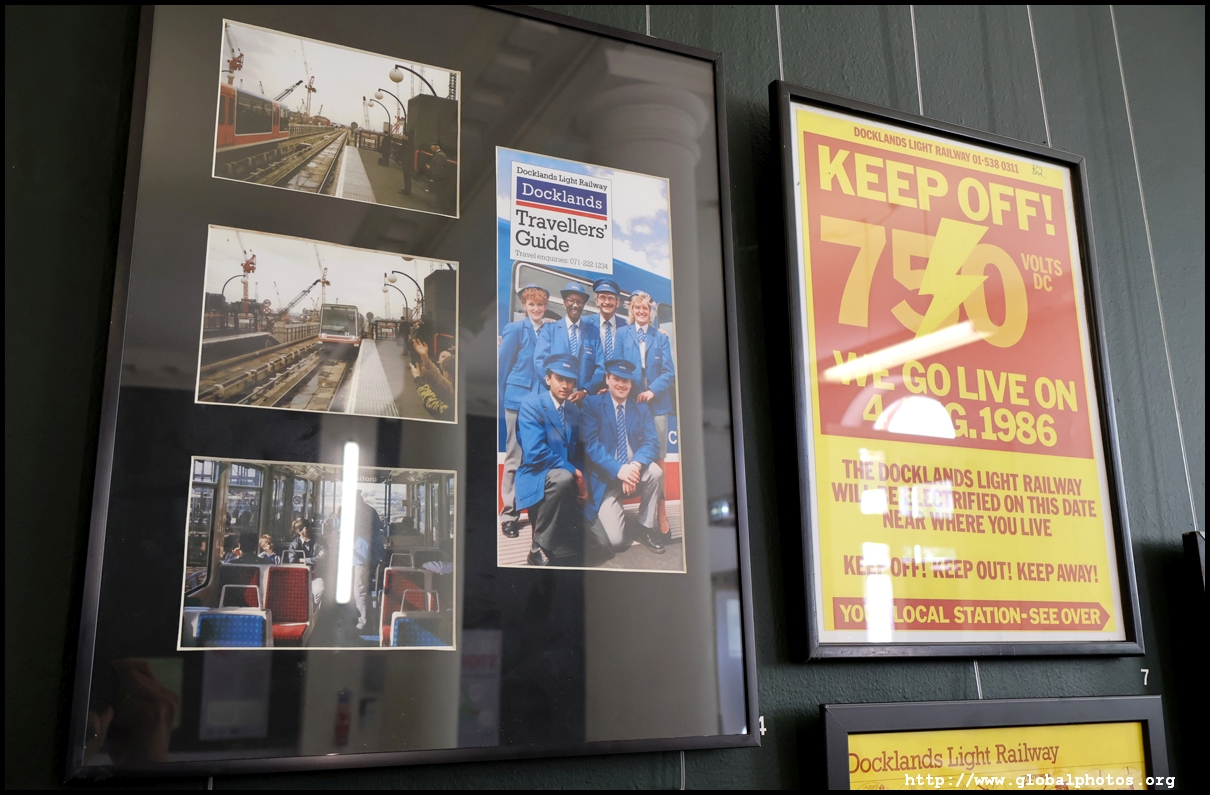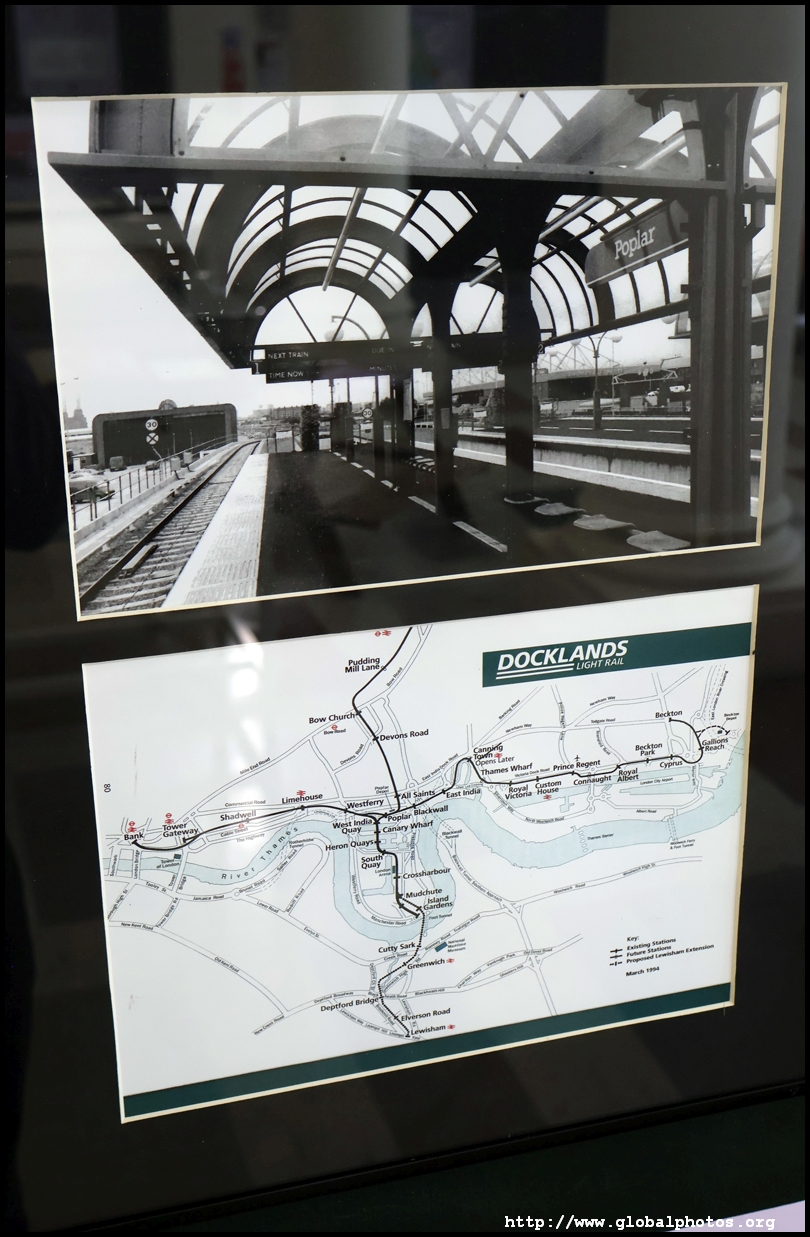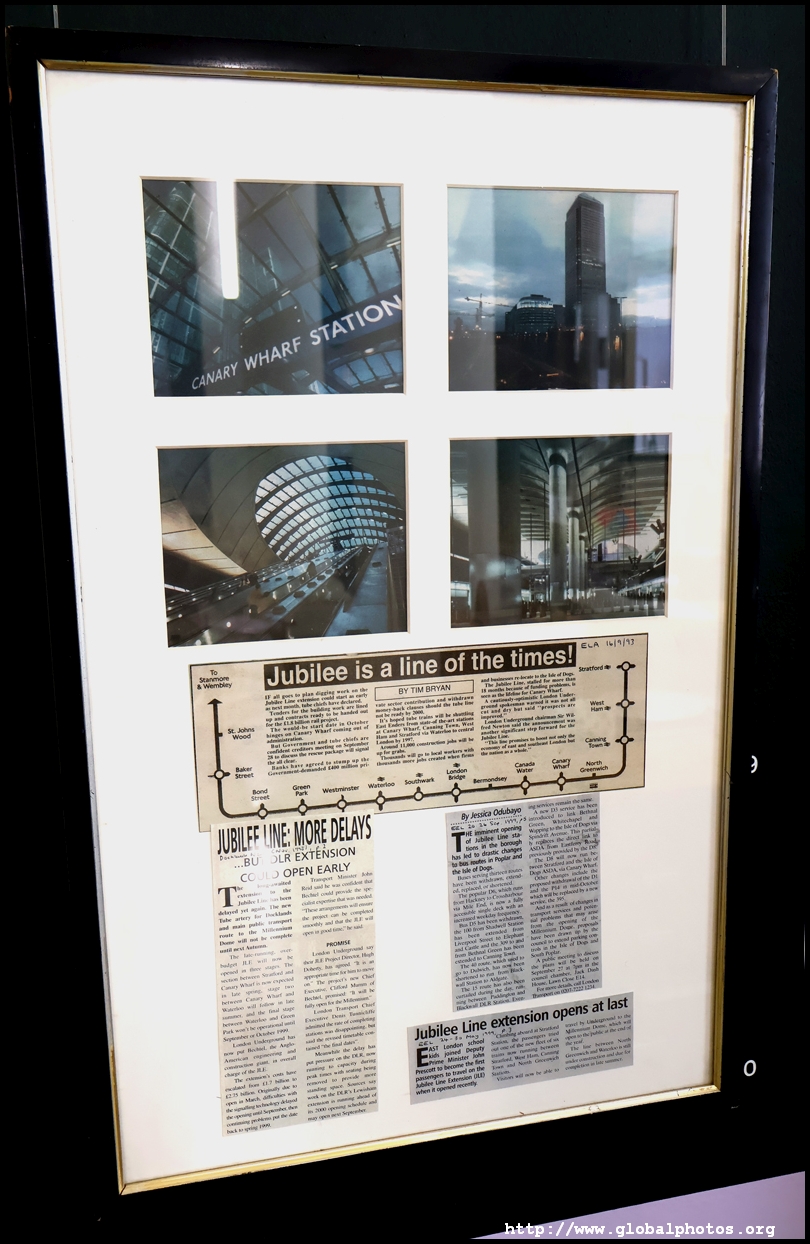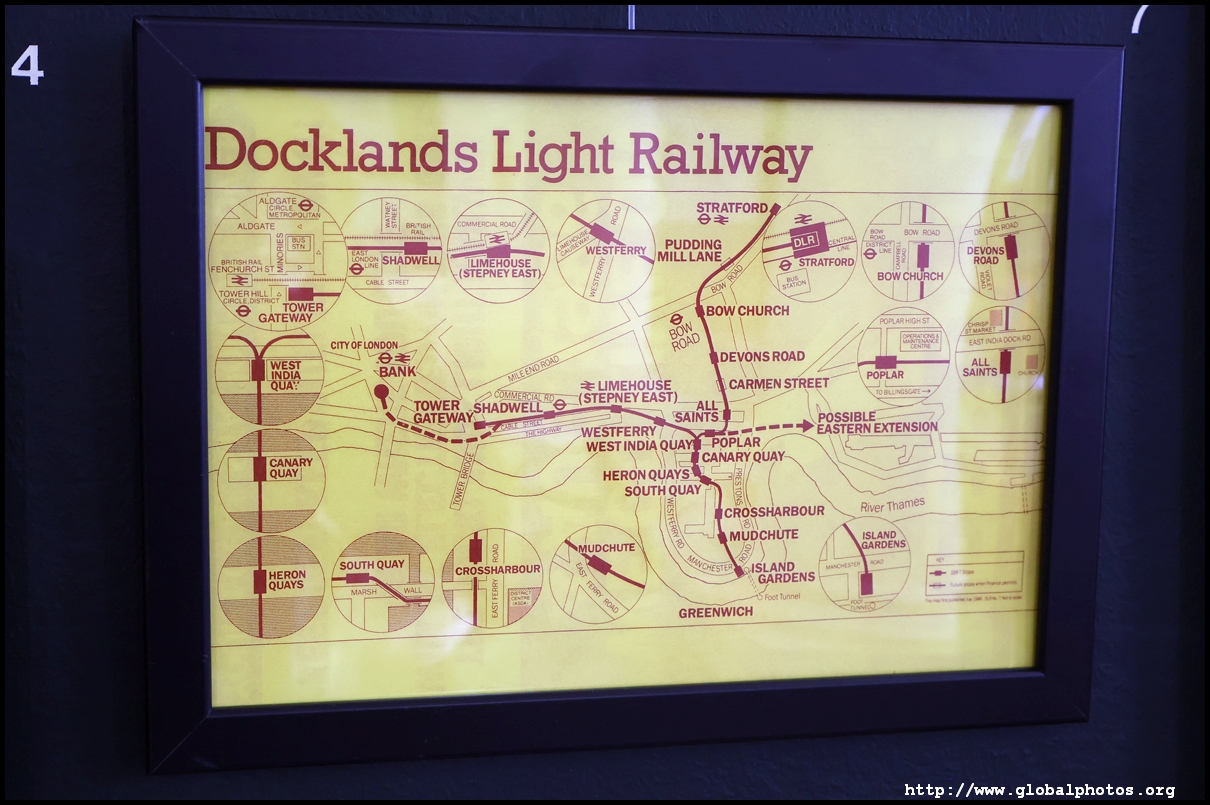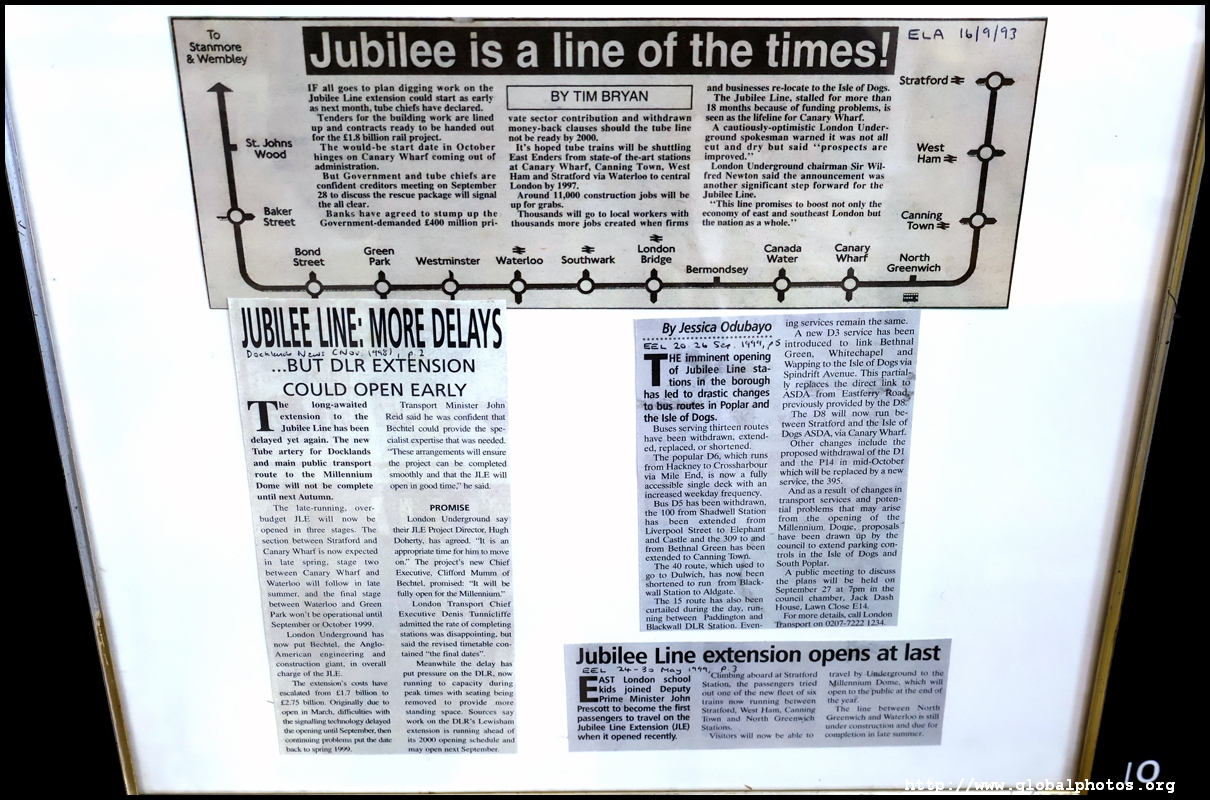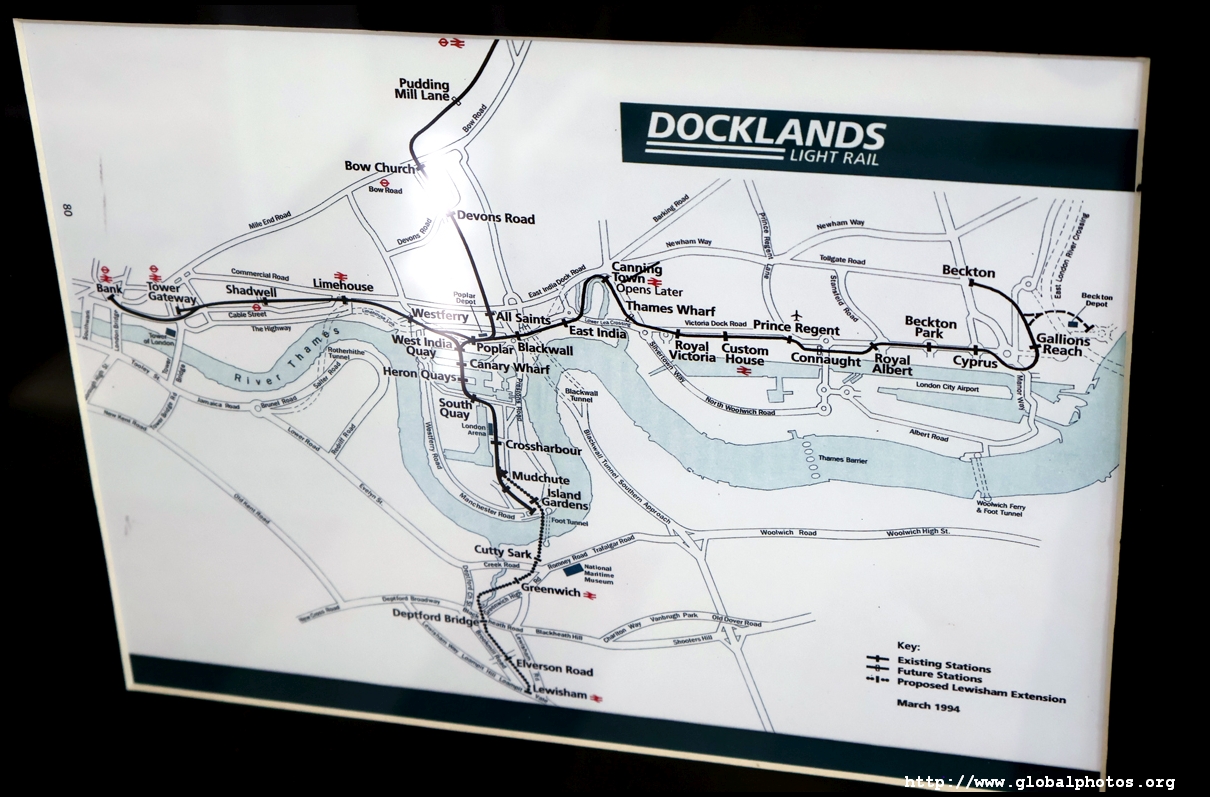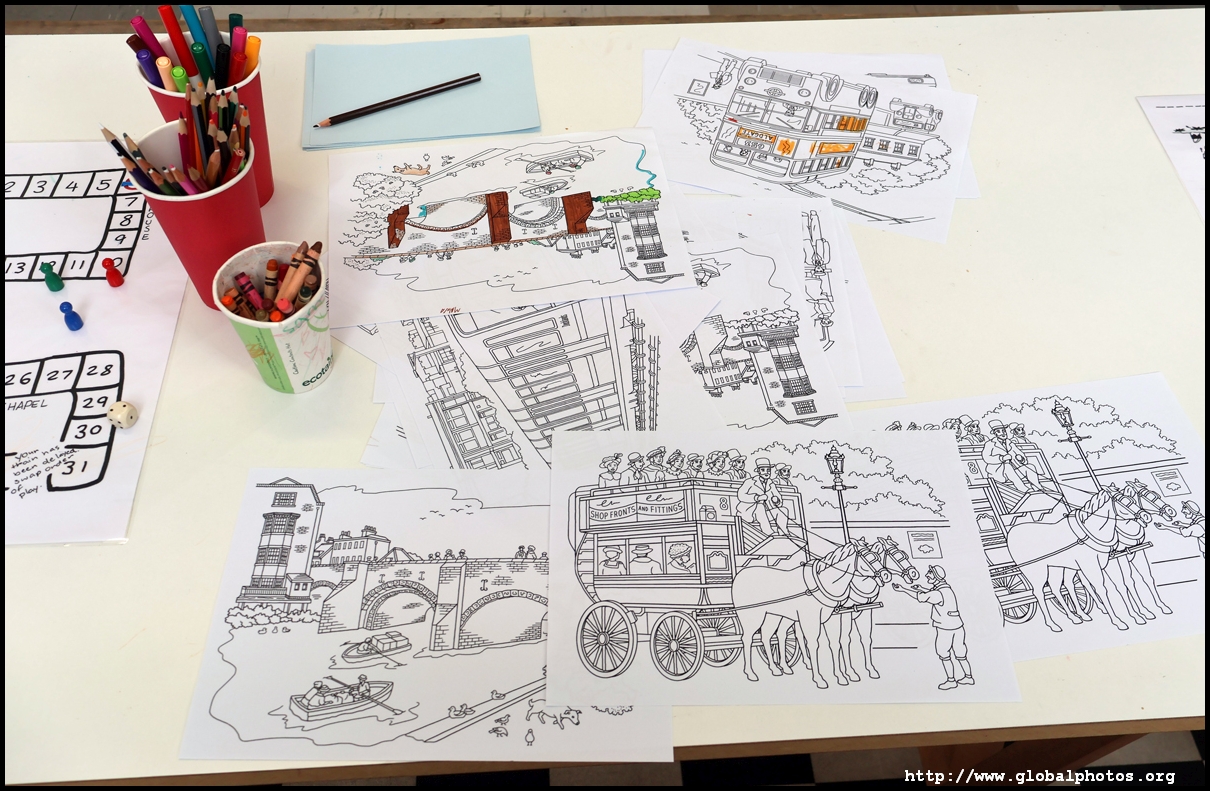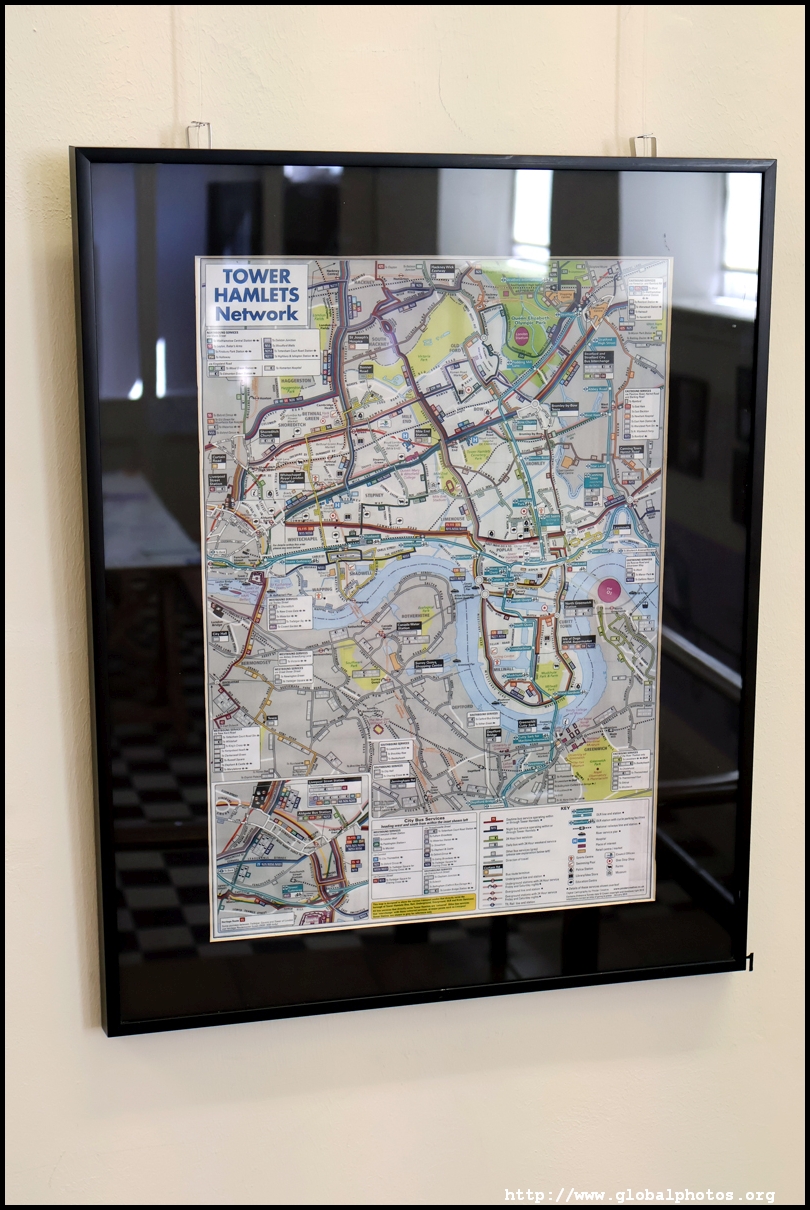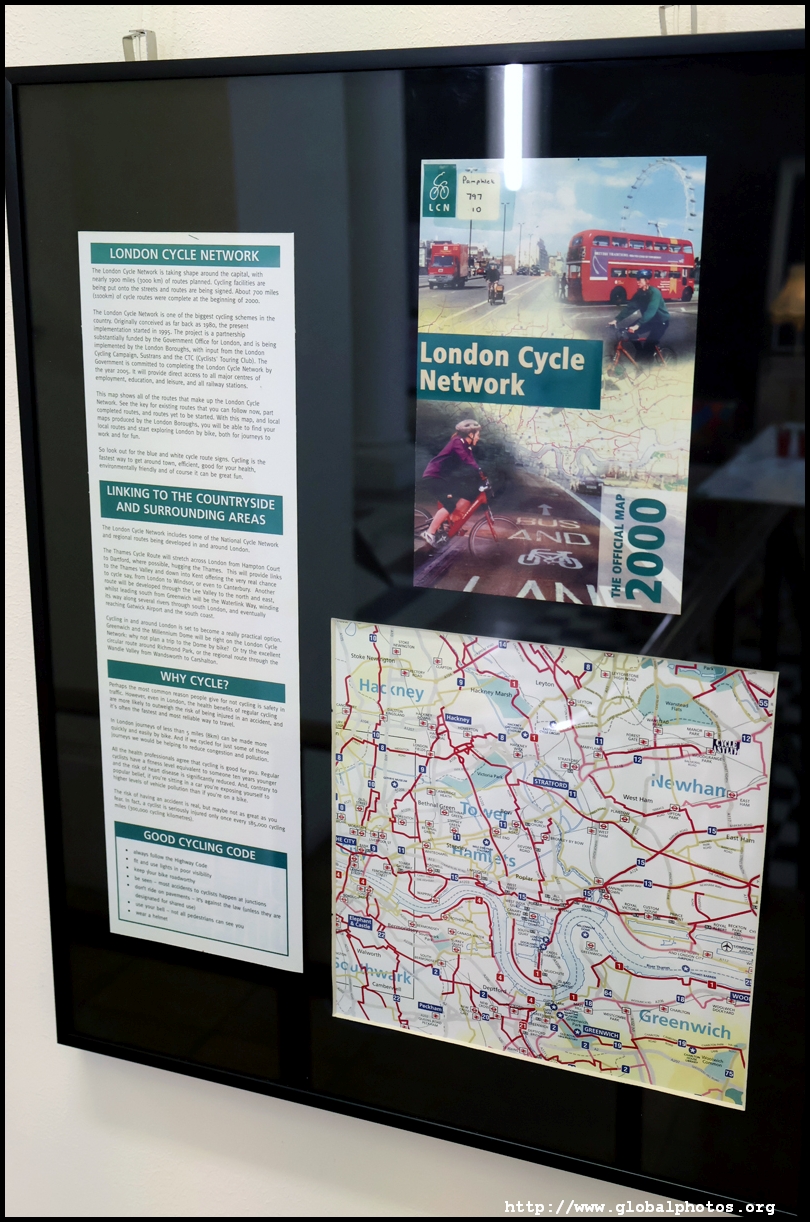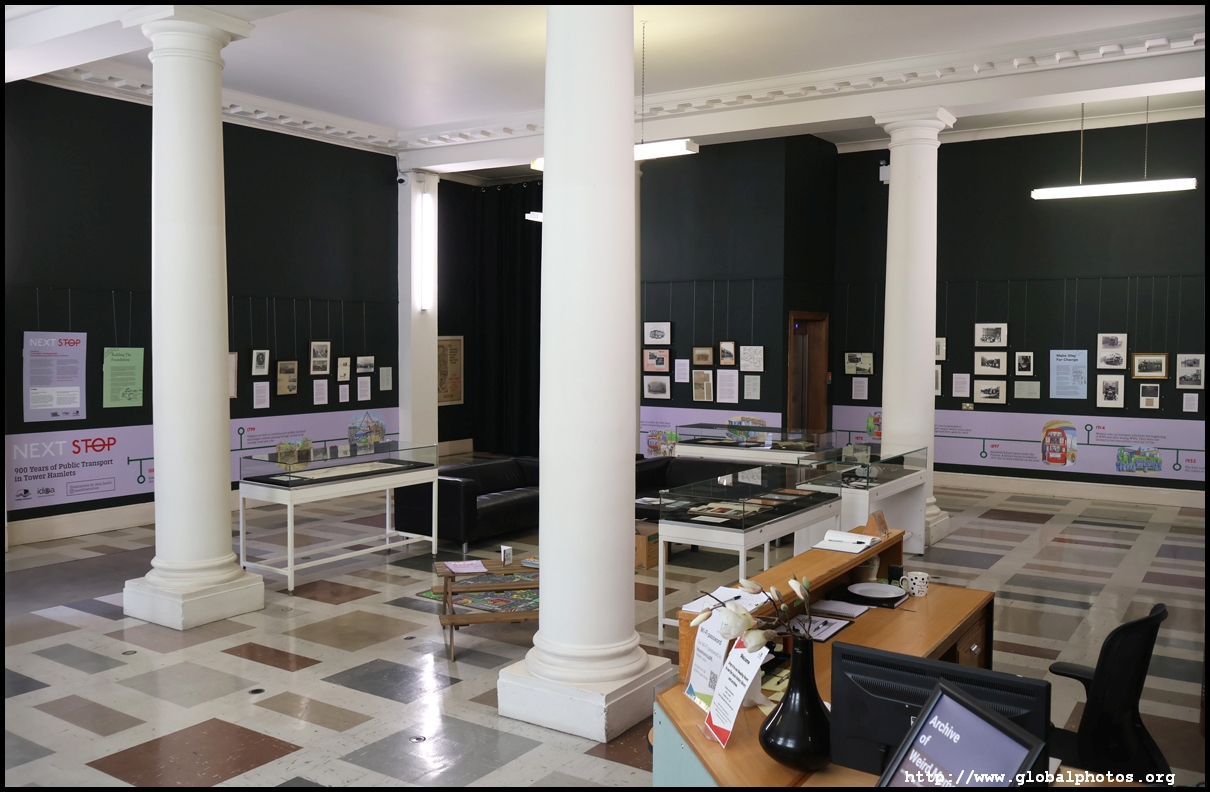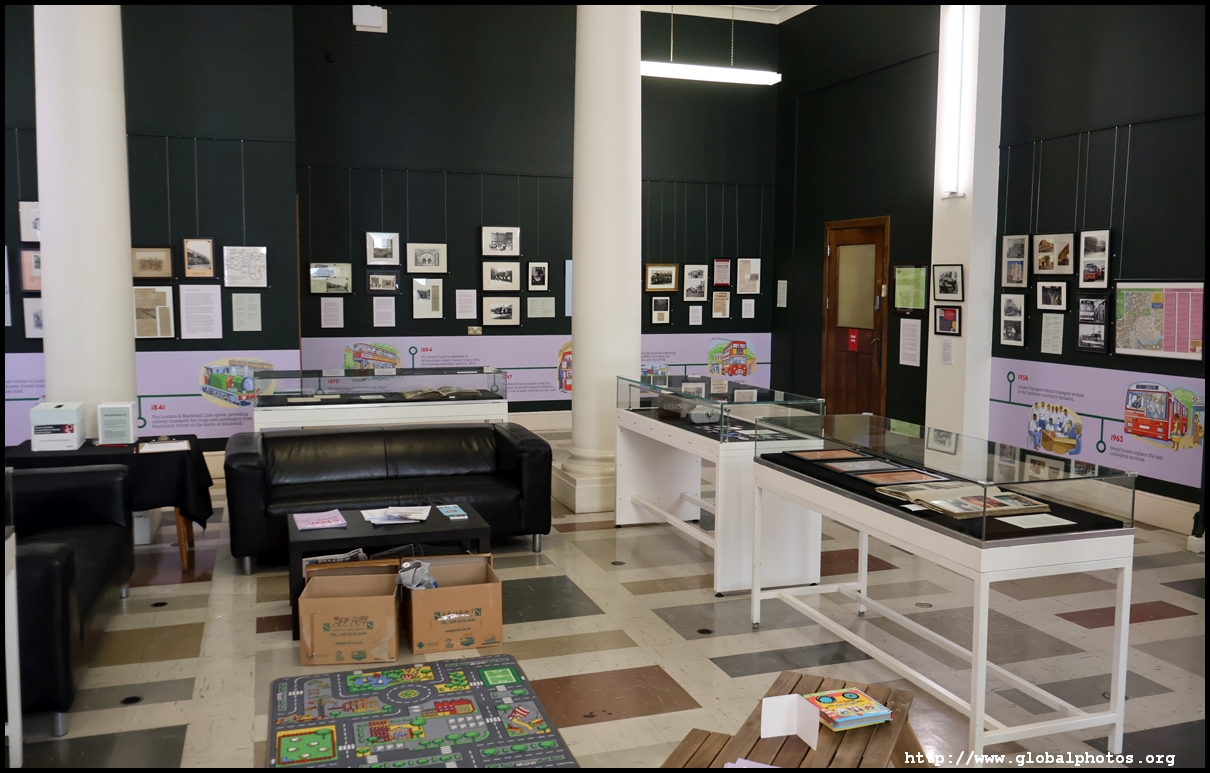London Photo Gallery - Art Exhibitions & Special Events
Next Stop – 900 Years of Public Transport in Tower Hamlets (August 2025)This exhibition at the Tower Hamlets Local History Library & Archives highlights 900 years of public transport in the east end from the Bow Bridge's construction in the 12th century to the arrival of the Elizabeth Line. Queen Matilda II of Scotland passed by the filthy River Lea en route to Barking Abbey in 1110. She commissioned building a bridge to make this journey a little more pleasant. \ This 17th century map shows London from Cornhill in the west to Limehouse in the east with a lot of rural spaces.
Mrs. Hilda Bazalgette compiled a lot of scrapbooks about Tower Hamlets from the 1970s-90s.
Before the 19th century, the east end was made up of hamlets with small populations along the Thames. The first modes of public transport emerged in the 17th and 18th centuries with roads from Essex to Mile End and the Docks to the City through Aldgate. Taking to the river was also a fast and convenient way to get around. Hackney carriages ran on scheduled routes from the 1660s, although they were too expensive for the working classes.
A wherry was a passenger boat that was operated by watermen/wherrymen, a profession that is passed from father to son. These boats can be hired from stairs along the riverside. As new road crossings opened in the late 19th century such as Tower Bridge, Blackwall Tunnel, and the Rotherhithe Tunnel, this trade died off.
Until the mid-19th century, parish residents were required to repair their local roads for up to 6 days a year without pay. This was stopped when taxation started funding road maintenance. Turnpike trusts were created to build and charge tolls on roads. However, many workers in the East End grew angry at a big part of their wages going to these tolls, resulting in violence.
London's taxis originated from the early 17th century Hackney carriage, which was pulled by horse. Driver licensing began in 1637.
Steam-powered vessels became popular in the 1830s and continued until the end of the 19th century, when trains and buses became more popular.
The East India Docks opened in Blackwall in 1806. The London & Blackwall Line opened in 1840 to link with the city, with trains running on a system of pulleys and ropes powered by steam engines. It was quite successful and continued to expand in subsequent decades, with the infrastrucure forming the basis of today's DLR.
Almost a million people lived in the east end by the late 19th century and there were no bridges over the Thames. A number of underwater tunnels were designed in the mid-1850s but only the Blackwall Tunnel came to fruition in 1897.
Labour shortages hit post-war Britain and the transport authorities tapped potential recruits in former Caribbean colonies where there was high unemployment. The scheme began in 1956 with the Barbados government offering loans to cover travel and accommodation.
Crossrail first appeared in a 1974 study to link British Rail from west of Paddington to the east of Bethnal Green. The government agreed to build a deep railway underneath Central London in 1990, with royal ascent granted in 2001. The Elizabeth Line finally opened in 2022 with 2 stations in Tower Hamlets.
| |
To re-use these photos, please notify me by email : asiaglobe@yahoo.com.hk.
